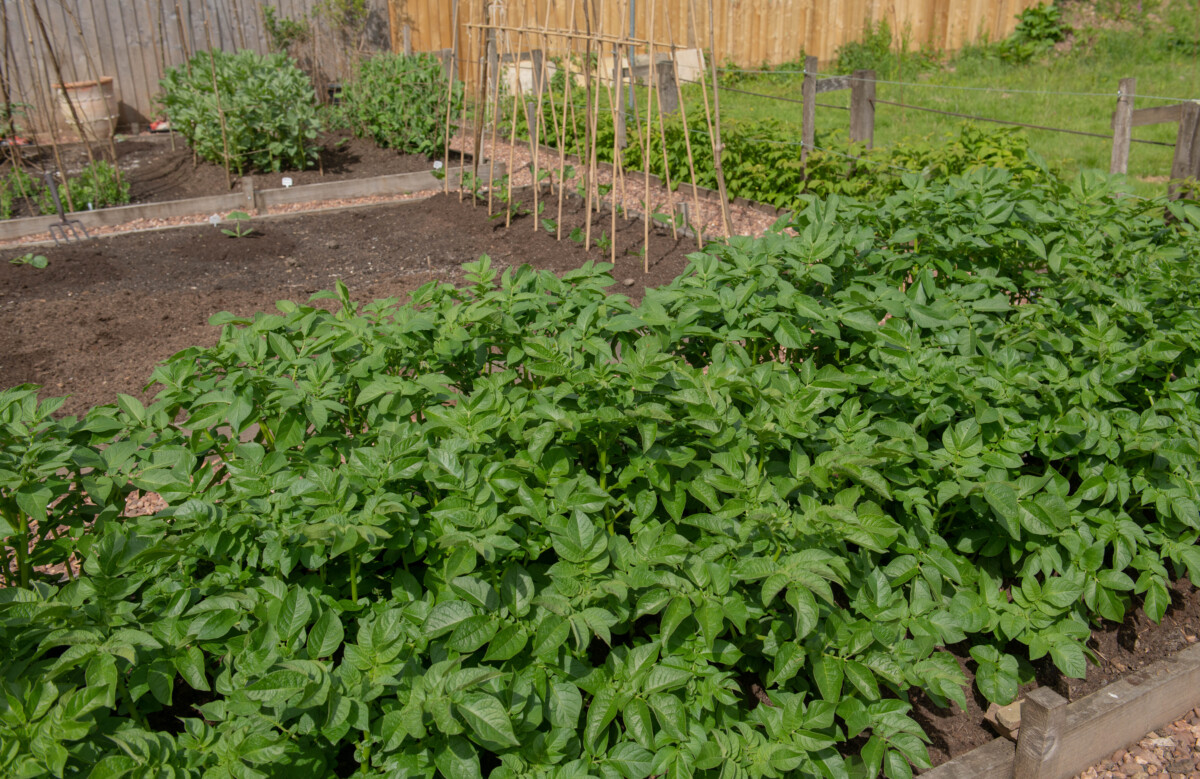

Final fall, a fellow gardener from the Midwest made enjoyable of me as a result of she thought I couldn’t develop potatoes. However the joke’s on her — in Florida, it simply means we plant them in winter.
We are able to plant white potatoes within the winter and candy potatoes within the spring, and get a year-round provide of scrumptious staple meals.
However some house gardeners keep away from rising potatoes as a result of they take up a lot area within the backyard. Not too long ago, although, the recognition and affordability of develop baggage imply extra house gardeners may give it a shot.
I’ve even grown potatoes in cardboard containers.
They maintain collectively simply lengthy sufficient to supply a pleasant harvest, then turn into fodder for my compost pile.
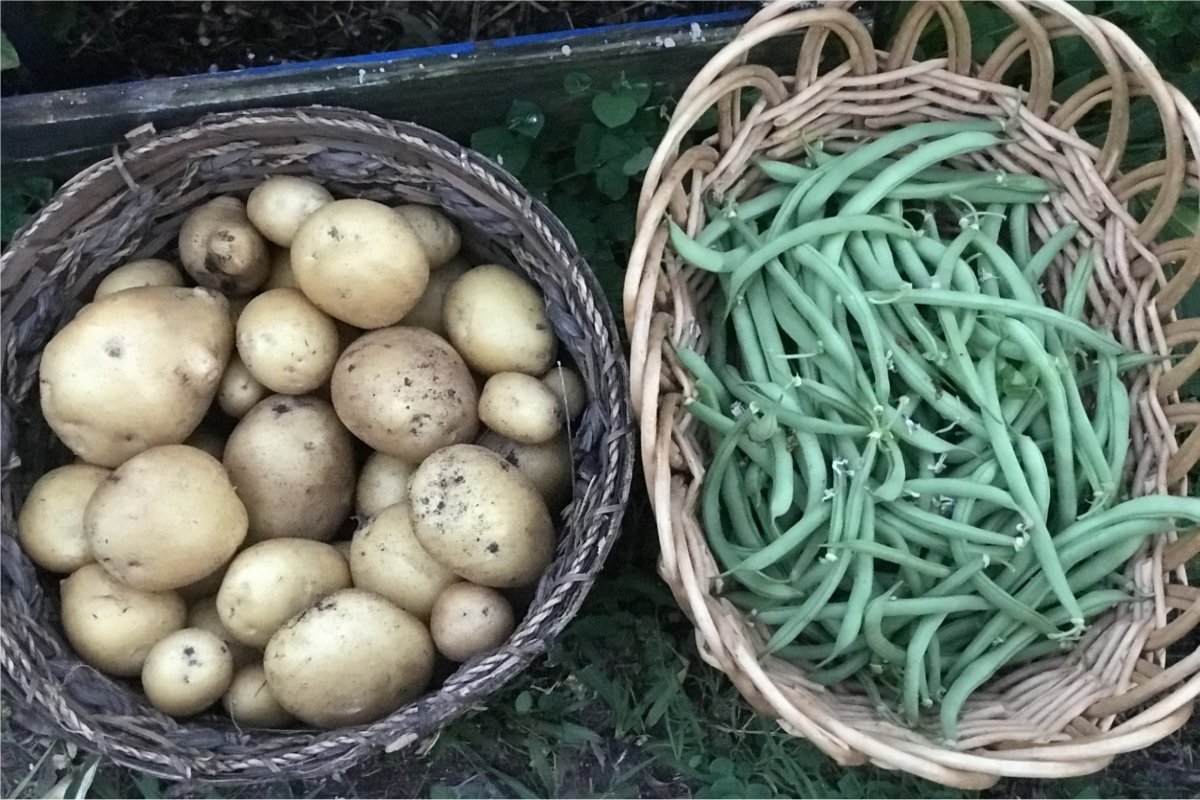
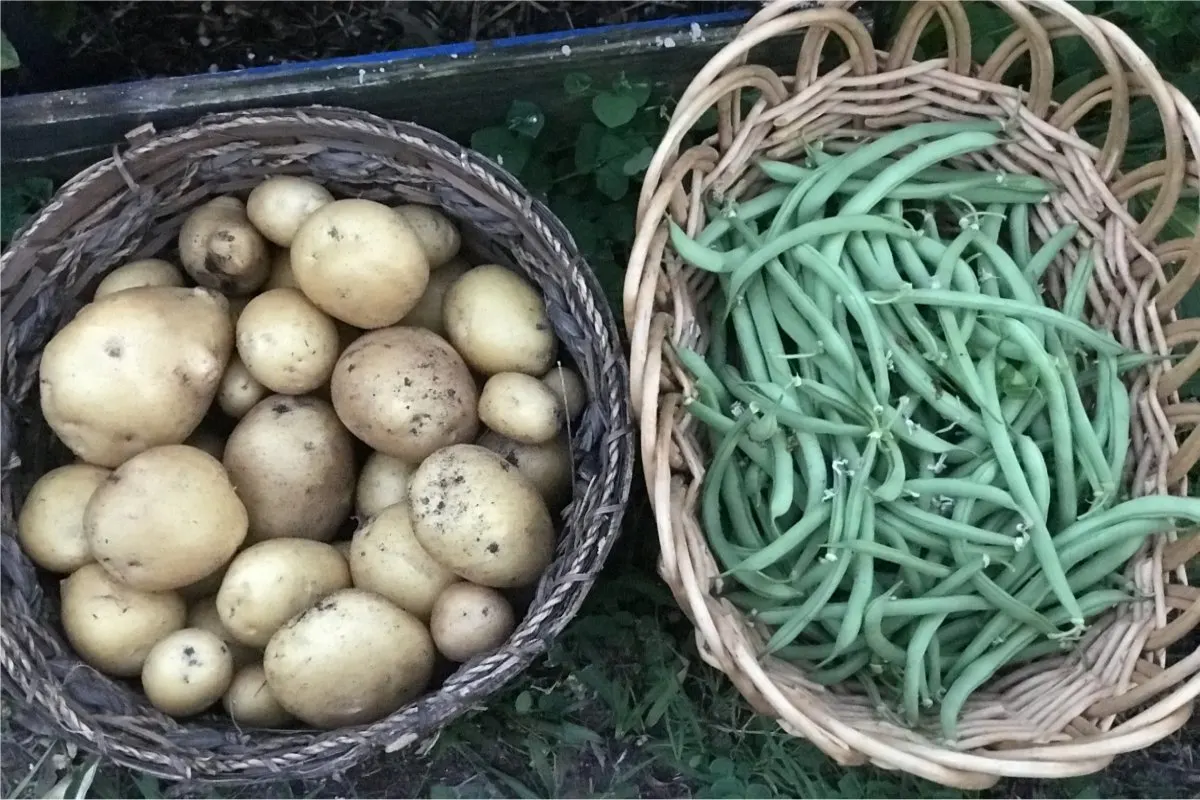
Late spring within the South means potatoes and inexperienced beans are prepared to reap.
However whereas potatoes could adapt simply to most climates, there are just a few locations they need to not be planted. And also you’ll discover a stunning variety of vegetation that may intervene together with your potato crops.
Potatoes have enemies.
However Biodiversity is Good, Proper?
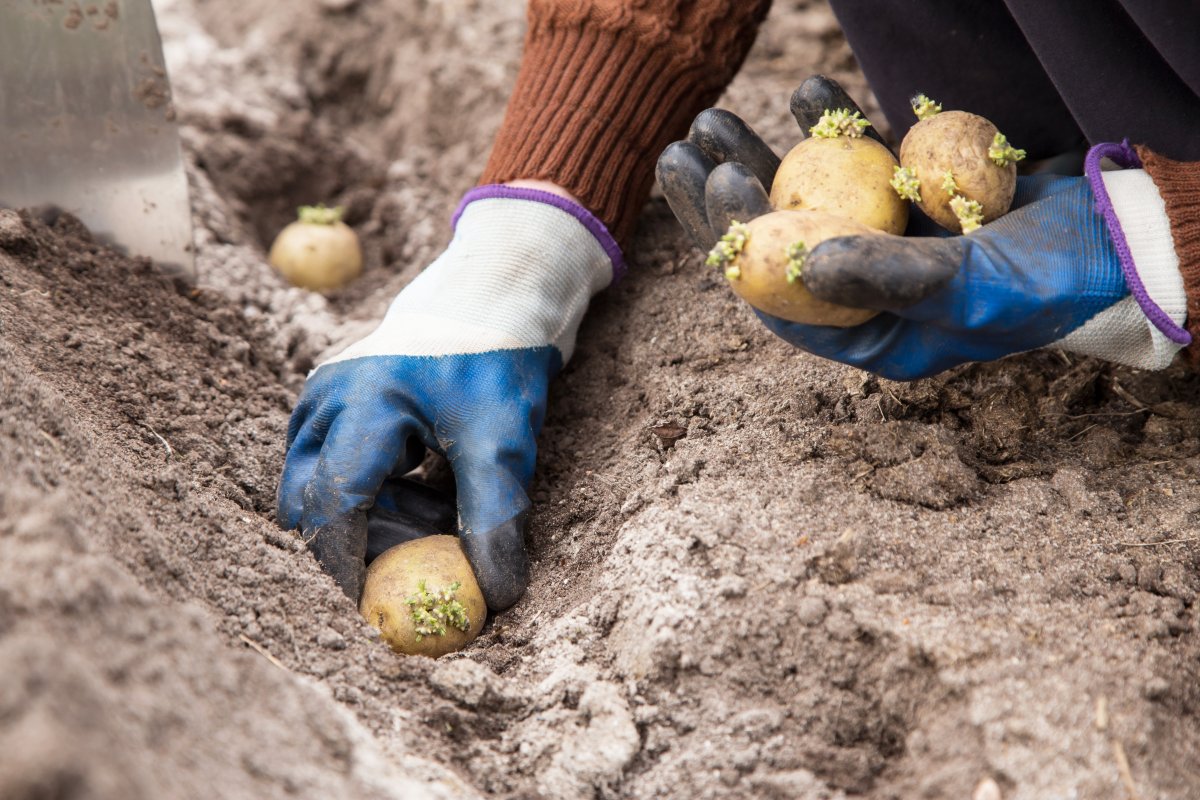
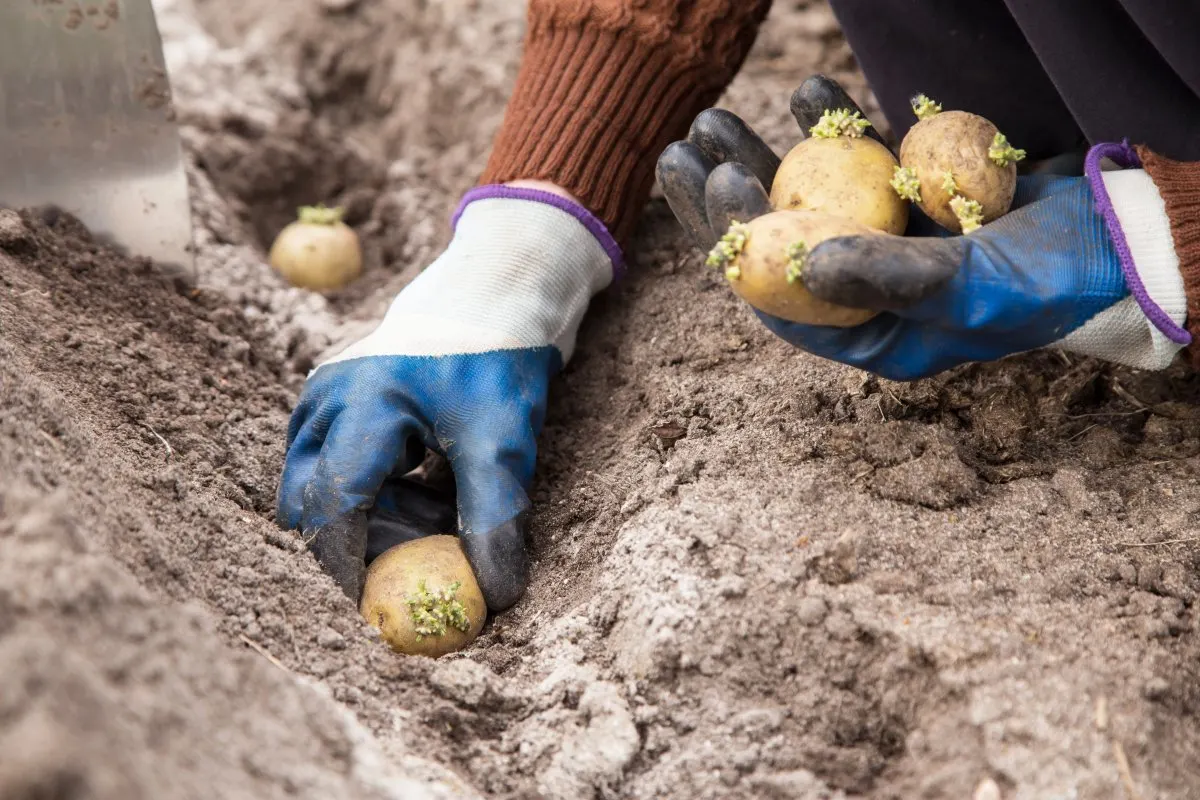
The fashionable potato could also be one of many few crops that profit by going it solo.
Whereas farmers, gardeners, and even just a few “ag specialists” have found the advantages of interplanting, potatoes simply aren’t suited to a combined crowd.
I think that’s one of many causes they accomplish that nicely remoted in develop baggage.
They appear to be one of many few backyard greens that do higher with out companion vegetation. Experiments in interplanting potatoes — that’s, sowing completely different vegetation collectively in the identical beds — have led to combined outcomes.
Cowl Crops vs. Companion Vegetation
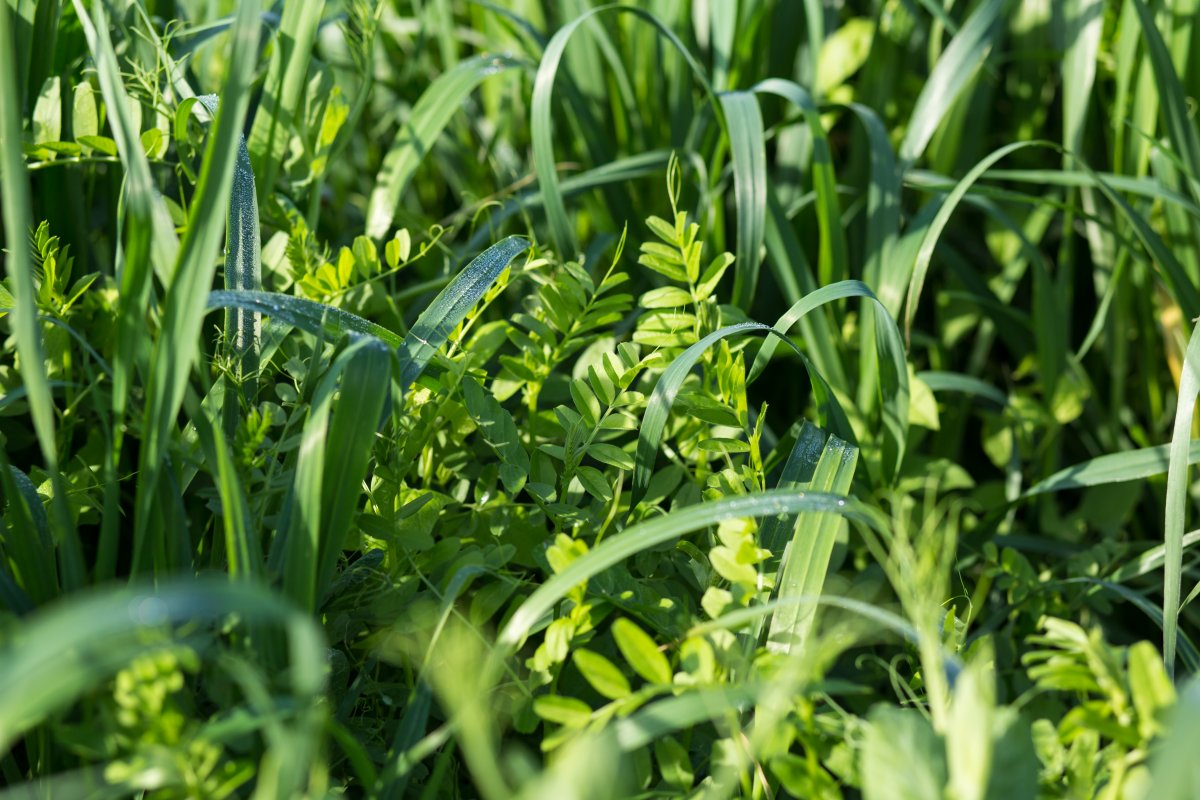
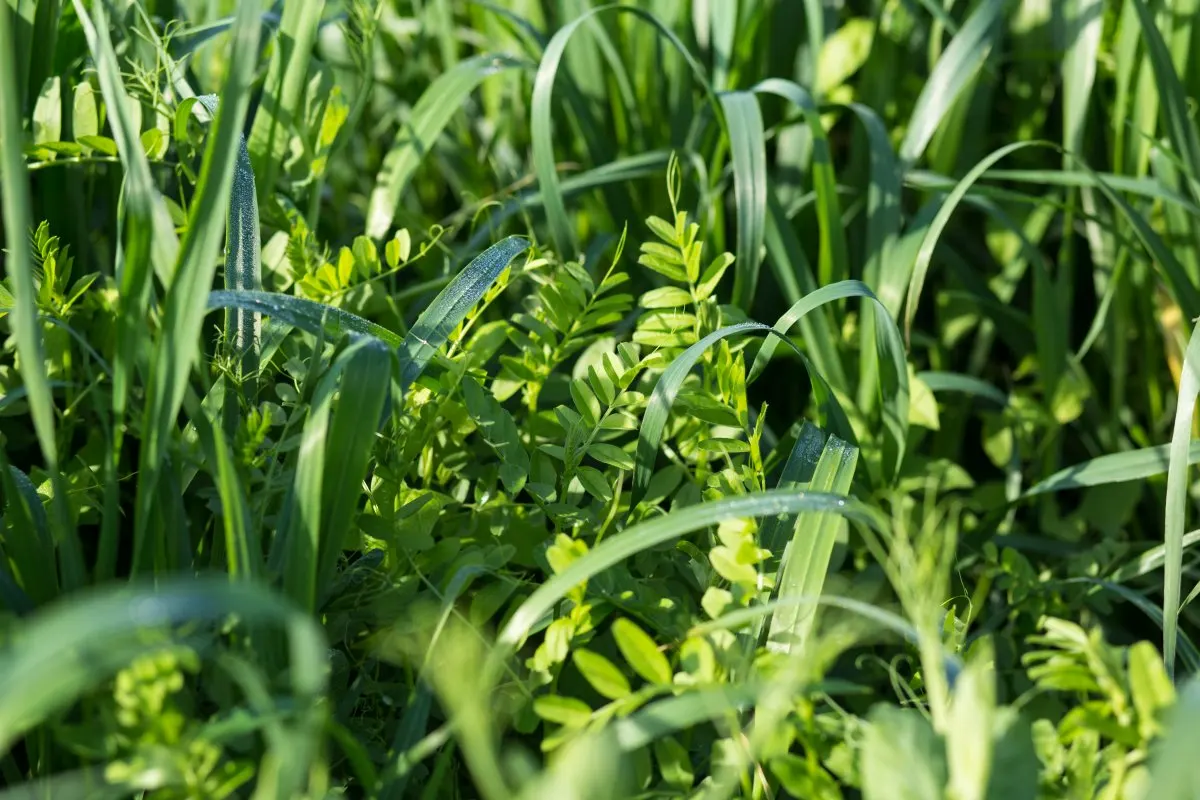
Variety in cowl crops can profit potato vegetation after the vegetation die again and decompose.
Biodiversity is a superb factor. It’s good for the soil, it’s good for the wildlife, and it’s often good for our backyard crops.
Nonetheless, earlier than getting too targeted on biodiversity in your backyard, it pays to know what works and what may make it even tougher to get a harvest.
Within the case of potatoes, timing is the whole lot. The distinction between rising a canopy crop and planting companion vegetation is vital.
You may even see lists of “excellent companion vegetation” for potatoes on-line. However once you take a look at the high-quality print (often in some educational paper from some college), you’ll see that some vegetation are solely excellent companions should you plant them earlier than your potato crop.
Companion vegetation are completely different.
Companion vegetation are these you’ll be able to plant close to your greens that provide some profit. They might repel particular pests. Others work as “lure crops,” to lure pests away out of your veggies.
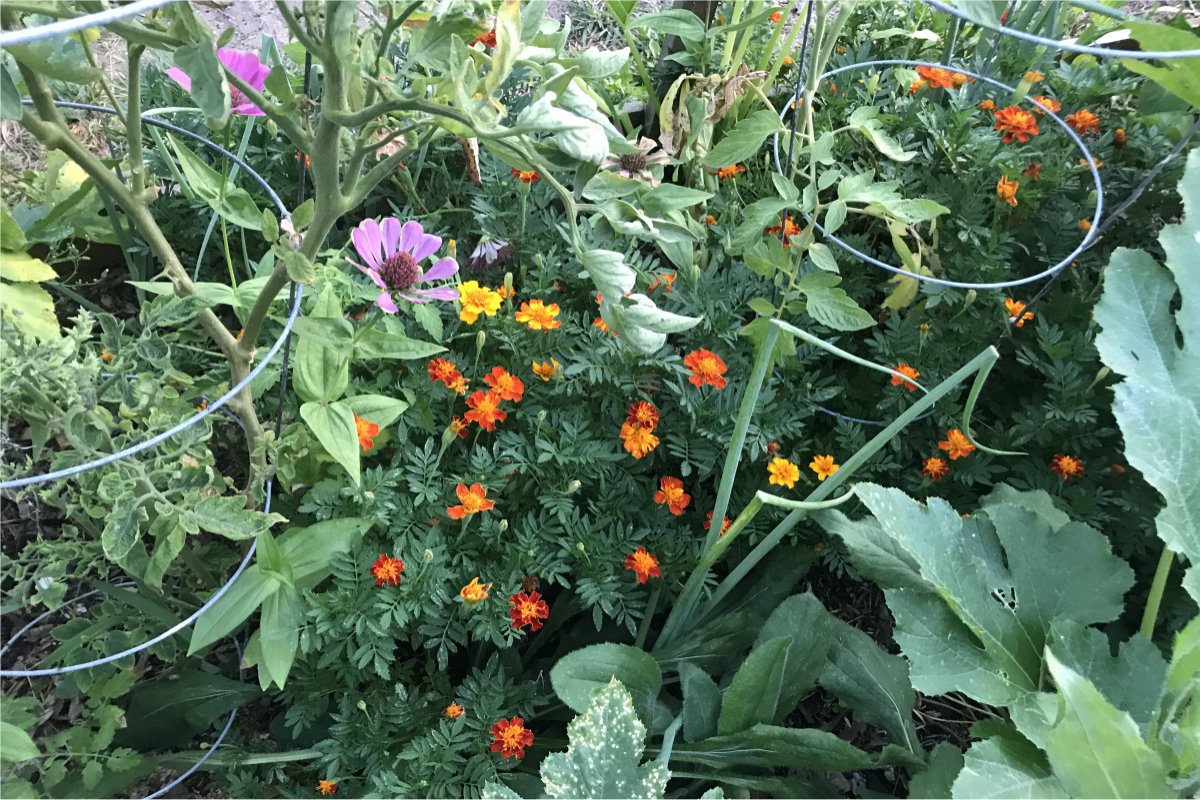
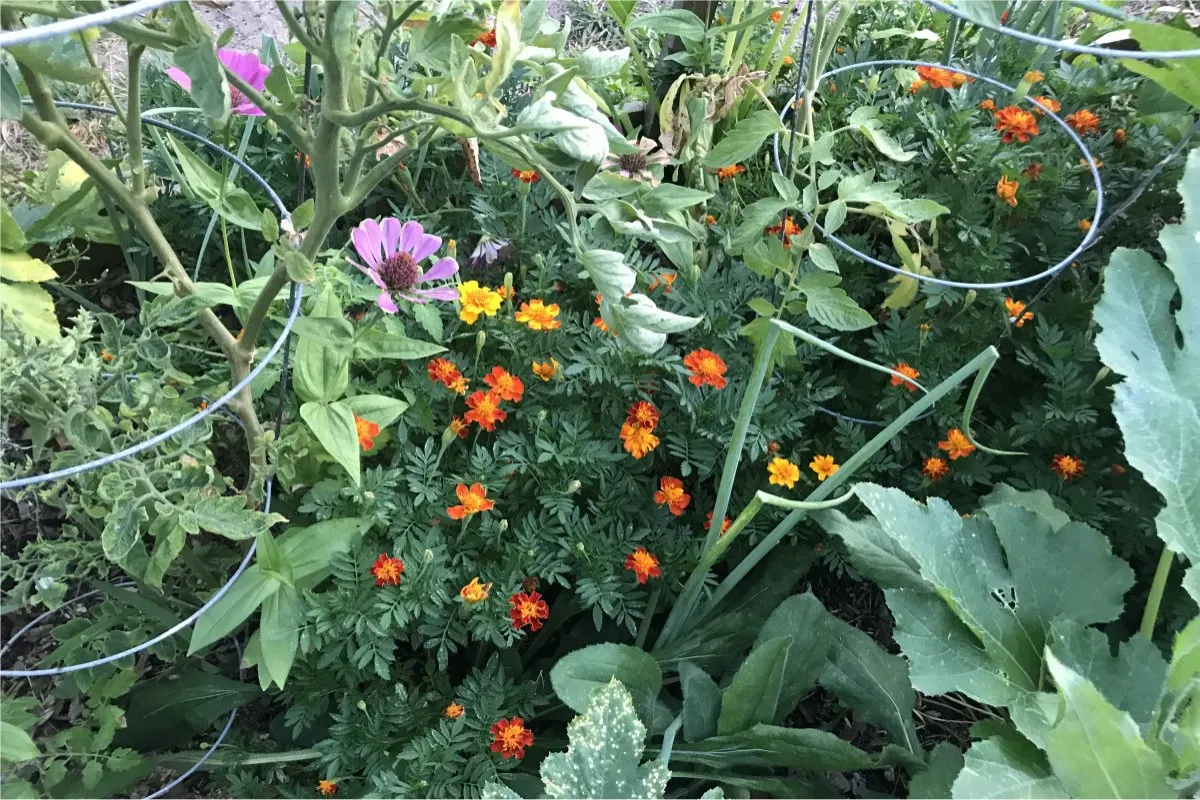
Companion vegetation are grown close to vegetable vegetation to offer advantages all through the rising season.
Some vegetation produce “exudates” from their roots that have an effect on the soil in sure methods. They might improve helpful micro organism. Or they could launch a toxin that damages dangerous microbiology or pathogens.
Alternatively, “cowl cropping” means rising helpful vegetation that may enhance the soil in your vegetable backyard over time. You permit the vegetation to develop till they flower after which mow them down. They add natural matter in addition to their phytochemicals to the backyard mattress.
In distinction to “companion vegetation,” you might want to sow cowl crops the season earlier than planting your greens. They don’t present their advantages whereas they’re actively rising alongside your potatoes. In some circumstances, both they — or your potatoes — will endure.
So, it’s necessary to plan nicely forward to reap the benefits of a number of the finest companion vegetation and canopy crops for potatoes.
Potato Plant Enemies
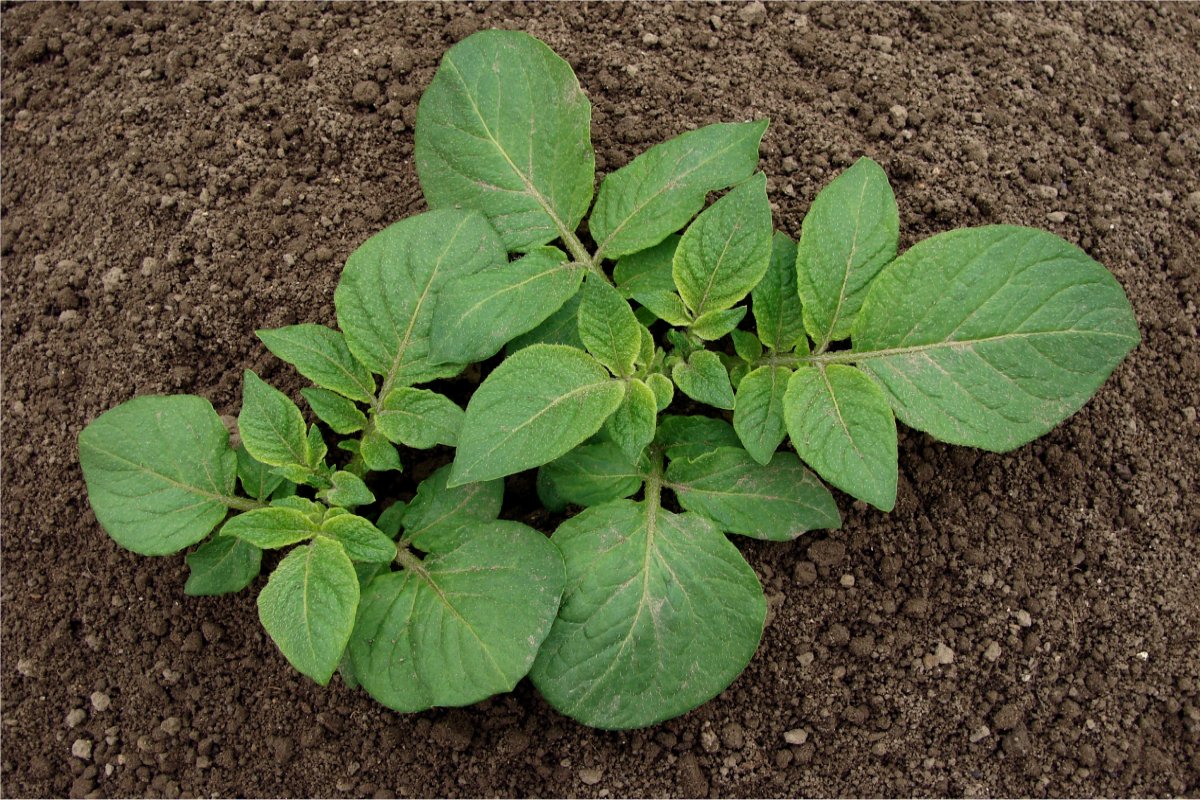
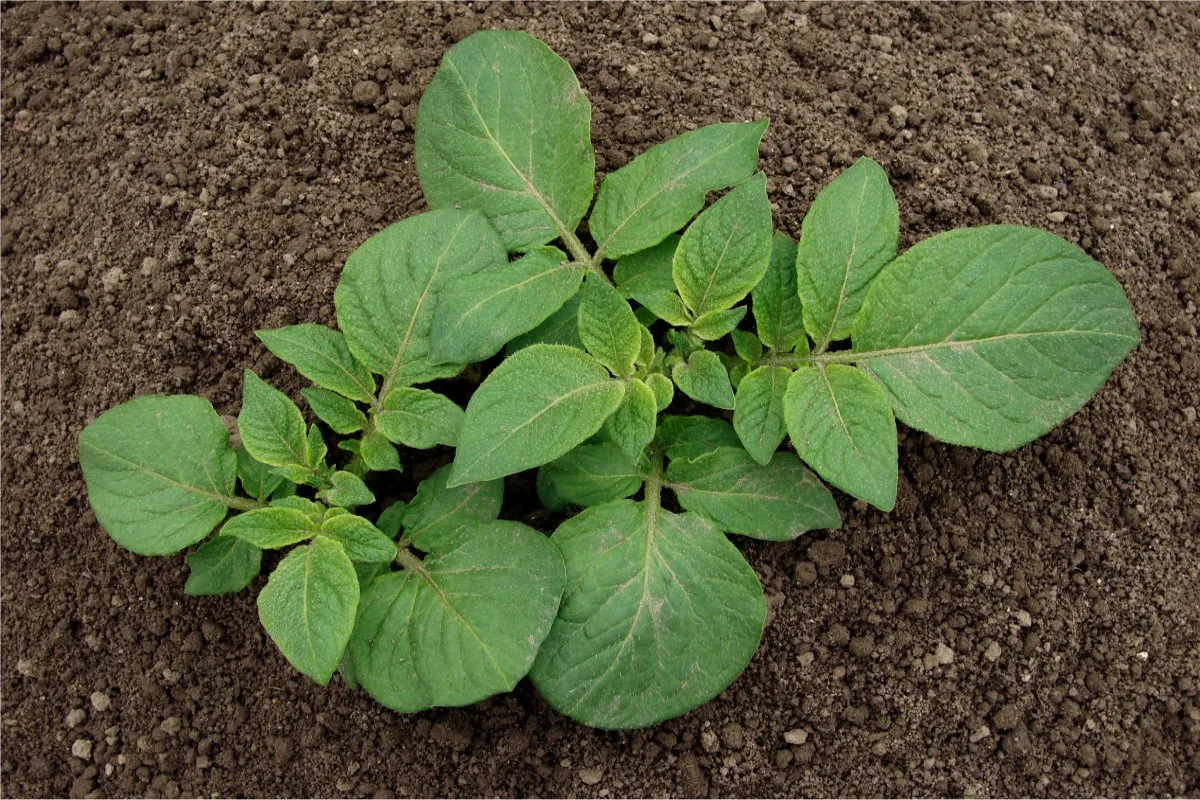
First, let’s check out a number of the vegetation you might want to keep away from planting with (or earlier than) your potatoes. If you happen to’re able to plant your spuds, you need to know proper now how you can keep away from a number of the pests and illnesses potatoes appeal to.
1. Fennel (Foeniculum vulgare)
Fennel is infamous for its “allelopathic” on different vegetation. Typically, even after eradicating the vegetation, its results continue to suppress the expansion of different vegetation.
Fennel releases “phenols” that stunt the event of nightshades like potatoes, peppers, and tomatoes. Our editor, Tracey, may give the low down on fennel’s dangerous habits, and why you need to develop it anyway.
2. Cucumbers (Cucumis sativus)
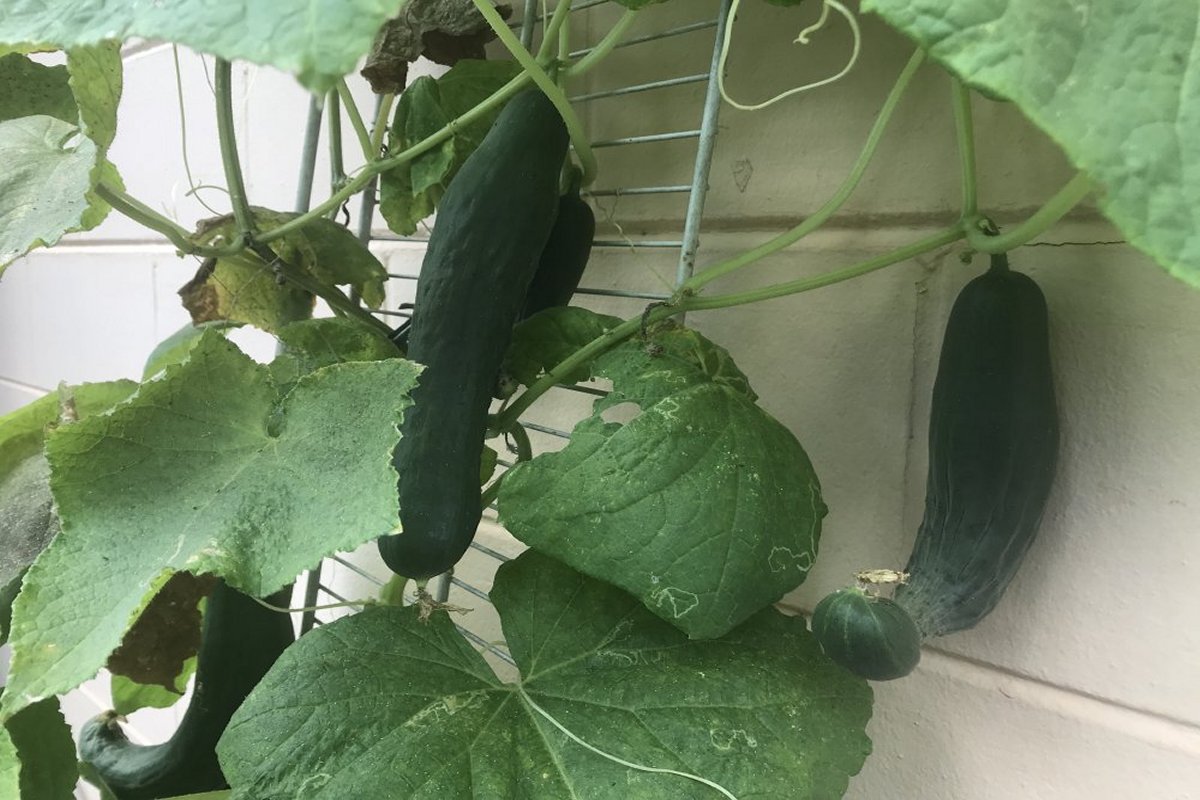
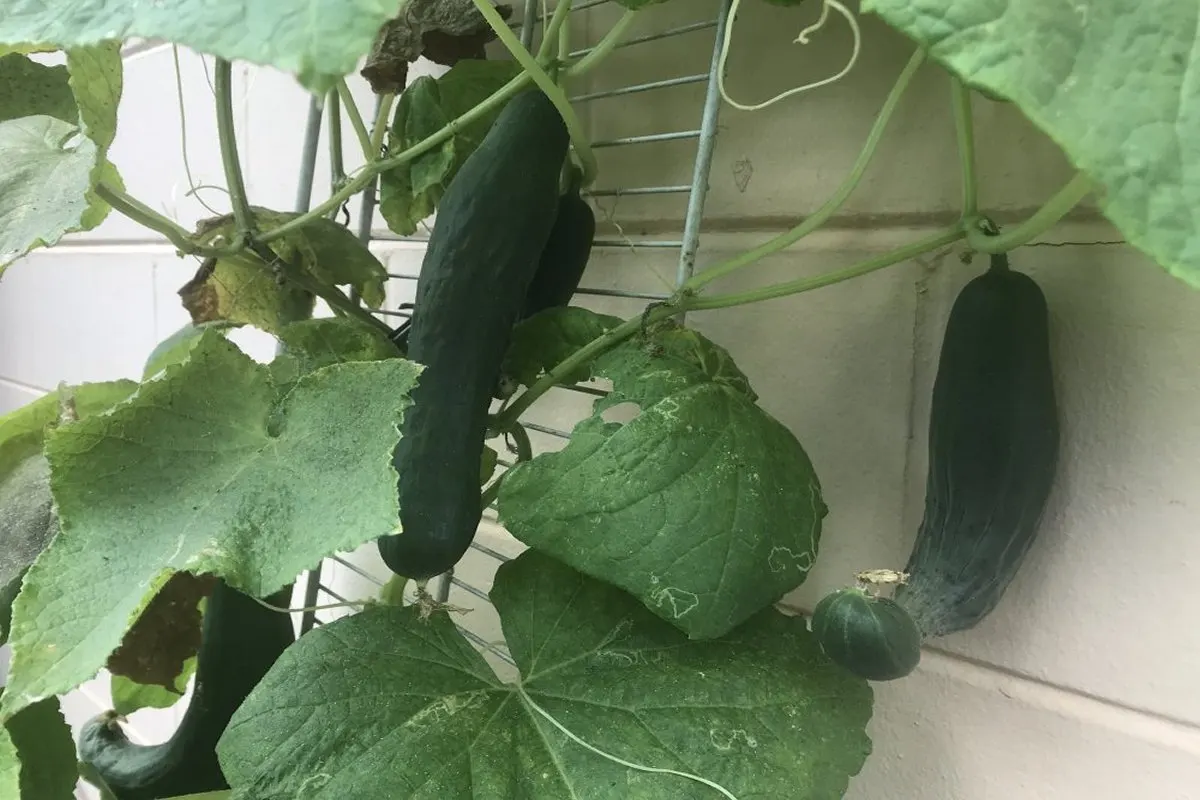
Potatoes and cucumbers don’t get alongside. At. All.
Potatoes are hungry vegetation, burrowing deep and sucking up all of the vitamins. Like most root crops, they want plenty of potassium to type large fats tubers.
Cucumbers additionally require loads of potassium. Uniquely, cucumbers are one of many few vegetable crops that want more potassium than nitrogen. However they’re not in a position to get sufficient to fruit when potatoes are grown close by.
In revenge, they reply by passing on Phytophthora infestans, also called Late Blight. That is the fungal disease that triggered the Irish potato famine and continues to have an effect on farmers with billion-dollar losses yearly to this present day.
3. Squash (Cucurbita pepo and Cucurbita maxima)
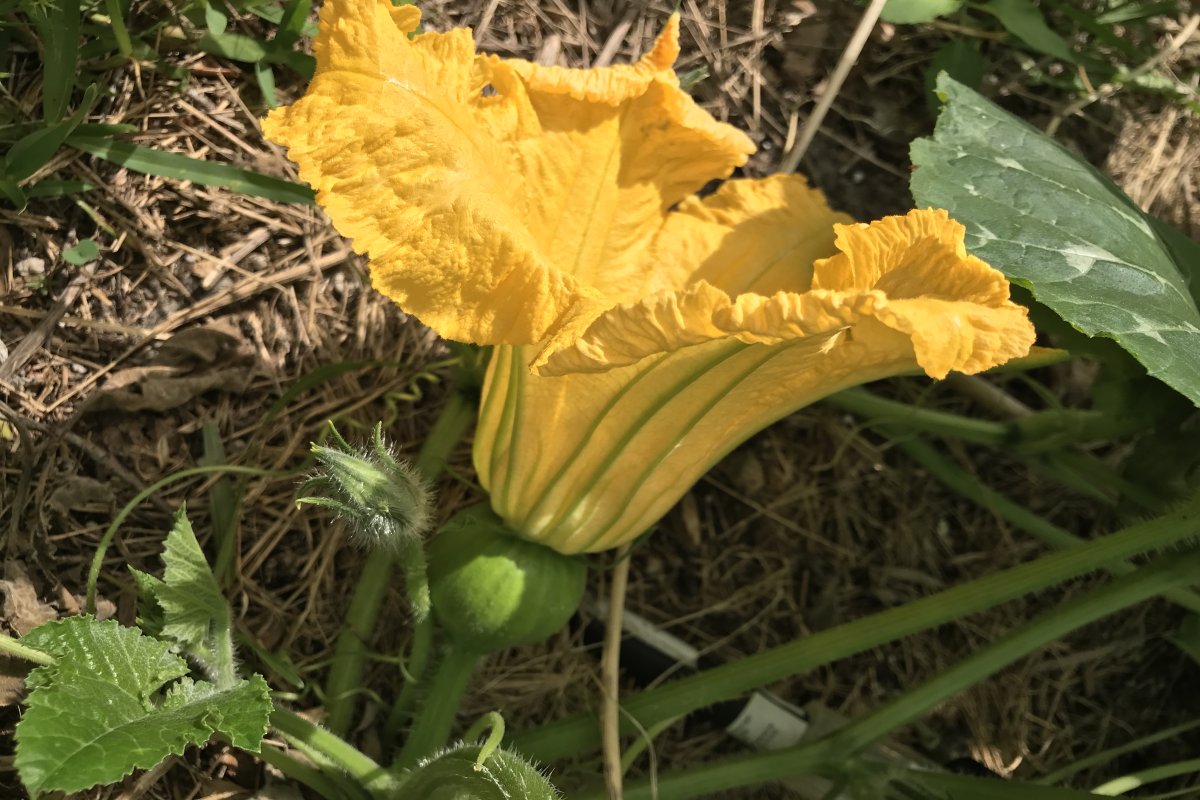
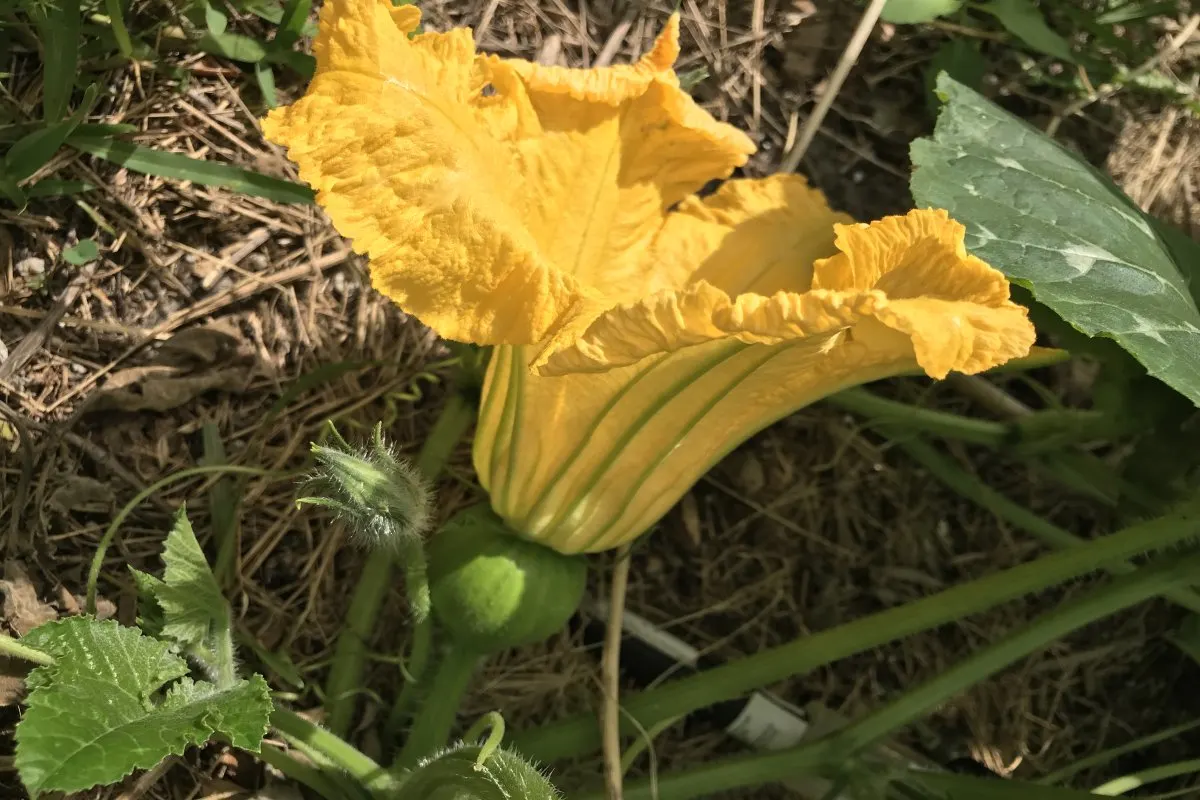
Sprawling squash vegetation can outgrow younger potato vegetation.
Squash and potatoes will continuously vie for nutrients when planted collectively. Cucurbits (like cucumbers above) are heavy feeders.
Neither winter nor summer time squash have the identical excessive want for potassium that cucumbers do, however their quick and spreading development behavior is the place issues go mistaken when planted with potatoes.
Squash vegetation unfold and develop, shading out the slower-growing potato vegetation. Summer season squash are notoriously thirsty all through their season, leaving little for potatoes throughout their vegetative development part.
After which there’s the illness concern. Squash, melons, and pumpkins — all cucurbits — contract blight on the drop of a spore.
4. Different Root Crops
Carrots, rutabaga, parsnips, and turnips are all root crops that require plenty of phosphorus and potassium. Similar to potatoes do.
You’ll be able to amend your backyard soil by the rising season to compensate. However except your homestead is determined by a bumper turnip crop, it’s in all probability not value the additional effort and cash.
5. Different Nightshades – Tomatoes, Peppers, Eggplant
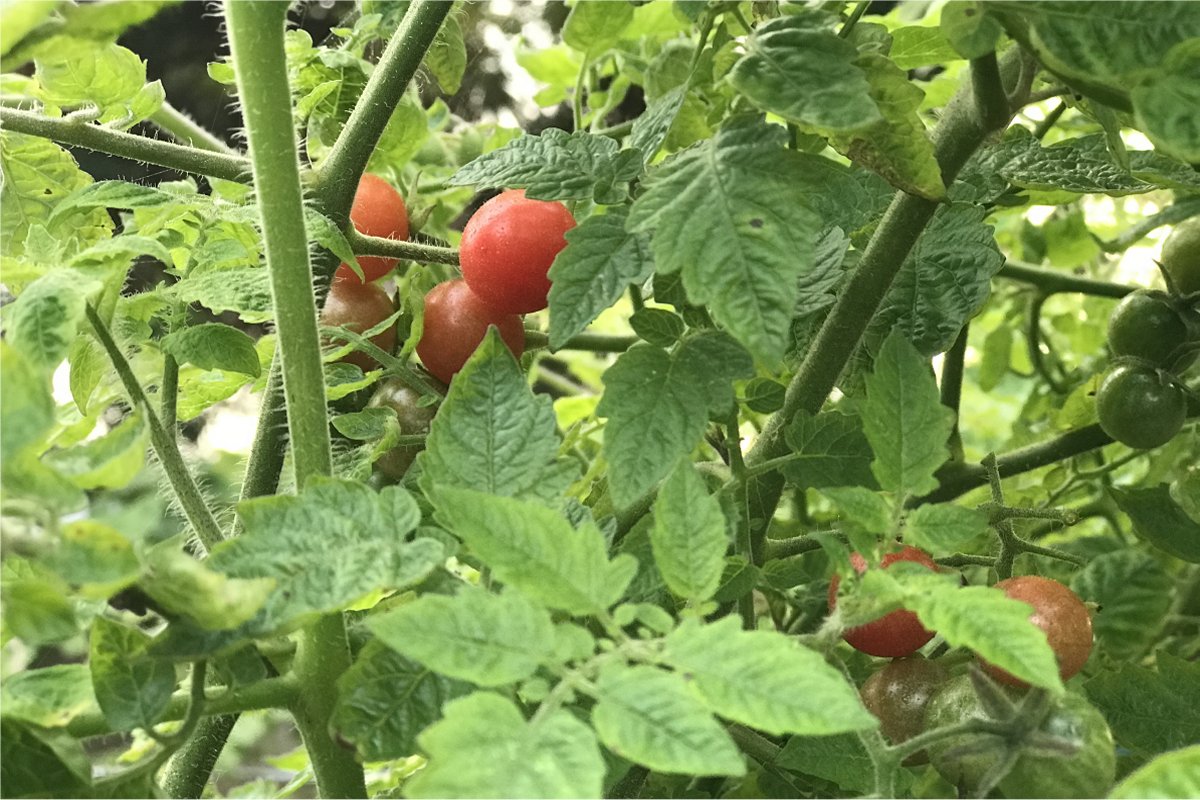
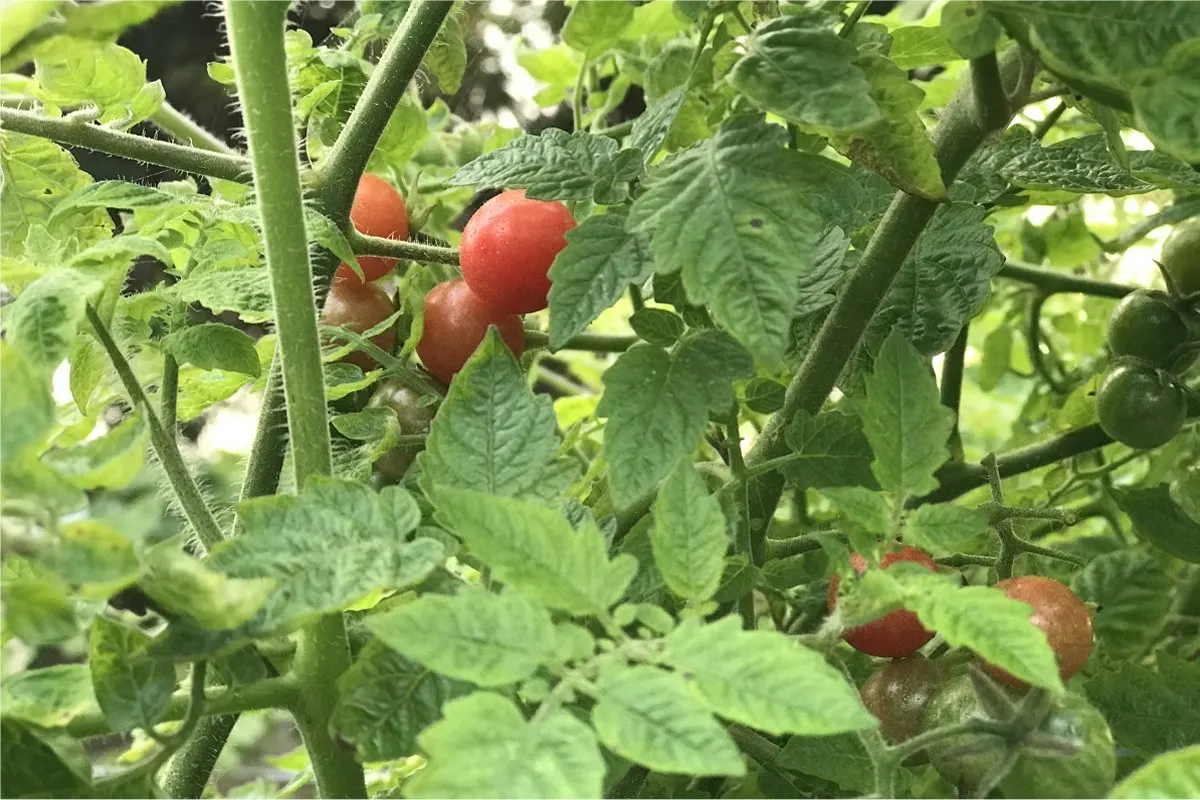
Don’t attempt to develop different nightshade vegetation, like tomatoes, close to your potato vegetation.
Whilst you can rigorously navigate the area between different nightshade vegetation like tomatoes and peppers, potatoes simply don’t play good. They don’t even get alongside nicely with their relations.
As a result of the magic of potatoes occurs underground, you’ll must root up the complete mattress to reap them. Because of this you’ll have to disturb the roots of close by vegetation.
And with regards to the Solanaceae plant household, the destruction is often untimely.
In subtropical and tropical climates, tomatoes, peppers and eggplants are long-lived — even perennial. I’ve eggplant I planted out two years in the past producing fruit proper now.
Peppers are favorites for lifting and overwintering indoors as a result of, in reality, they’re perennials, not annuals.
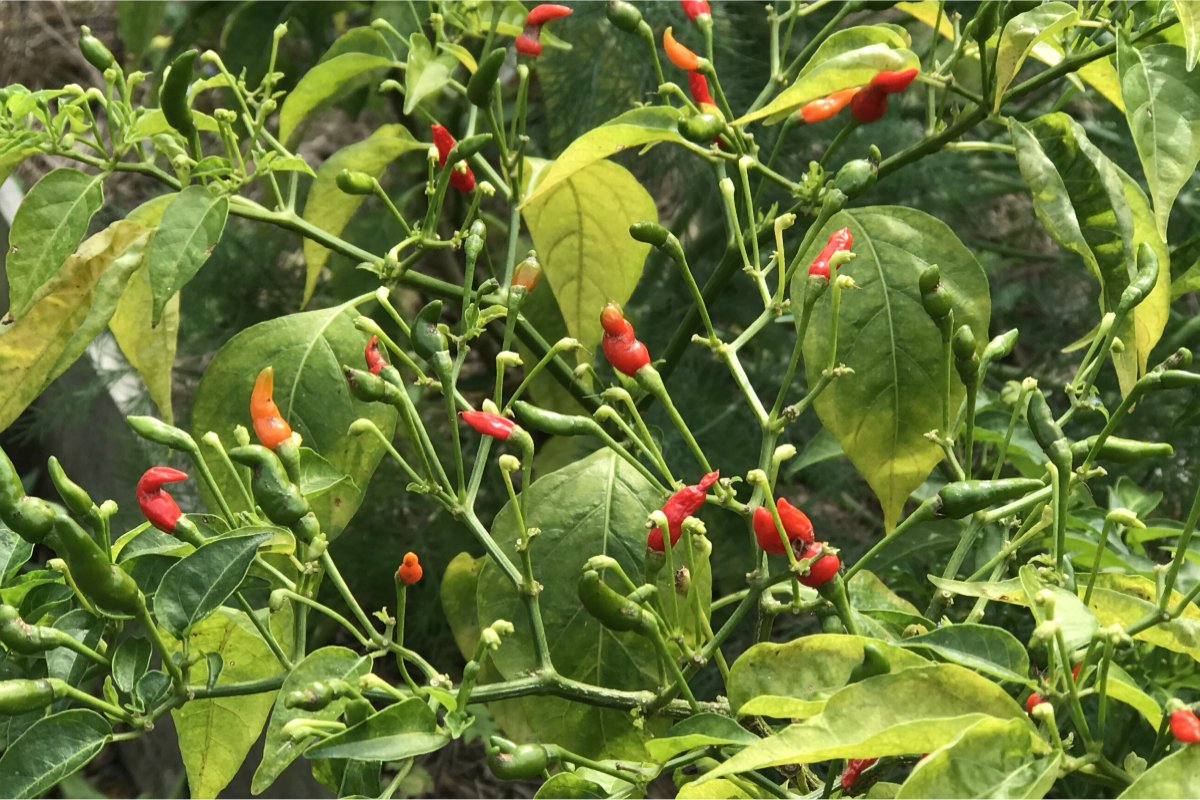
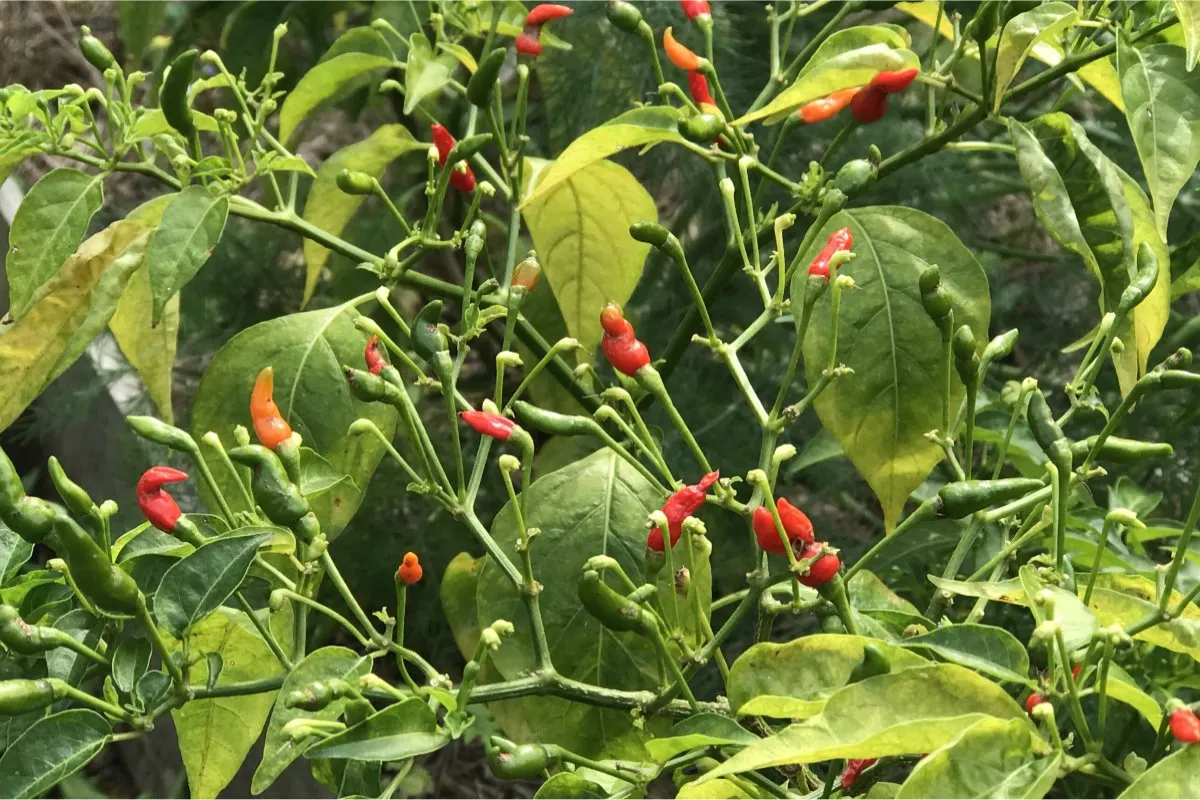
Tabasco peppers rising by winter.
Planting potatoes anyplace close to your different nightshades can imply their early demise from root harm.
After which there’s the entire concern of shared blight between cousins.
Proper Plant, Proper Place
“Proper Plant, Proper Place” is an outdated gardening adage that delivers all backyard knowledge in a nutshell. However there may be one other dimension: “Proper Time.”
Some vegetation are pure enemies of potatoes, besides once they’re grown proper earlier than planting. Others are solely helpful at a distance.
6. Brassicas
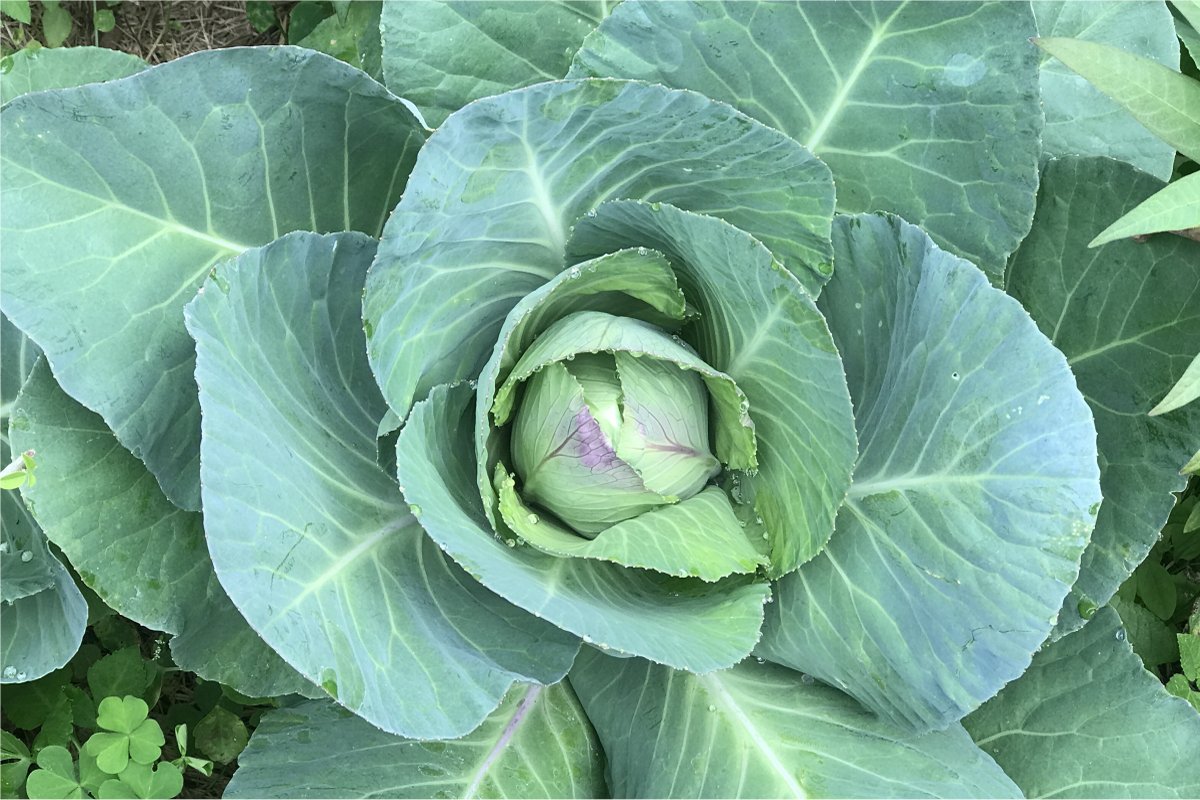
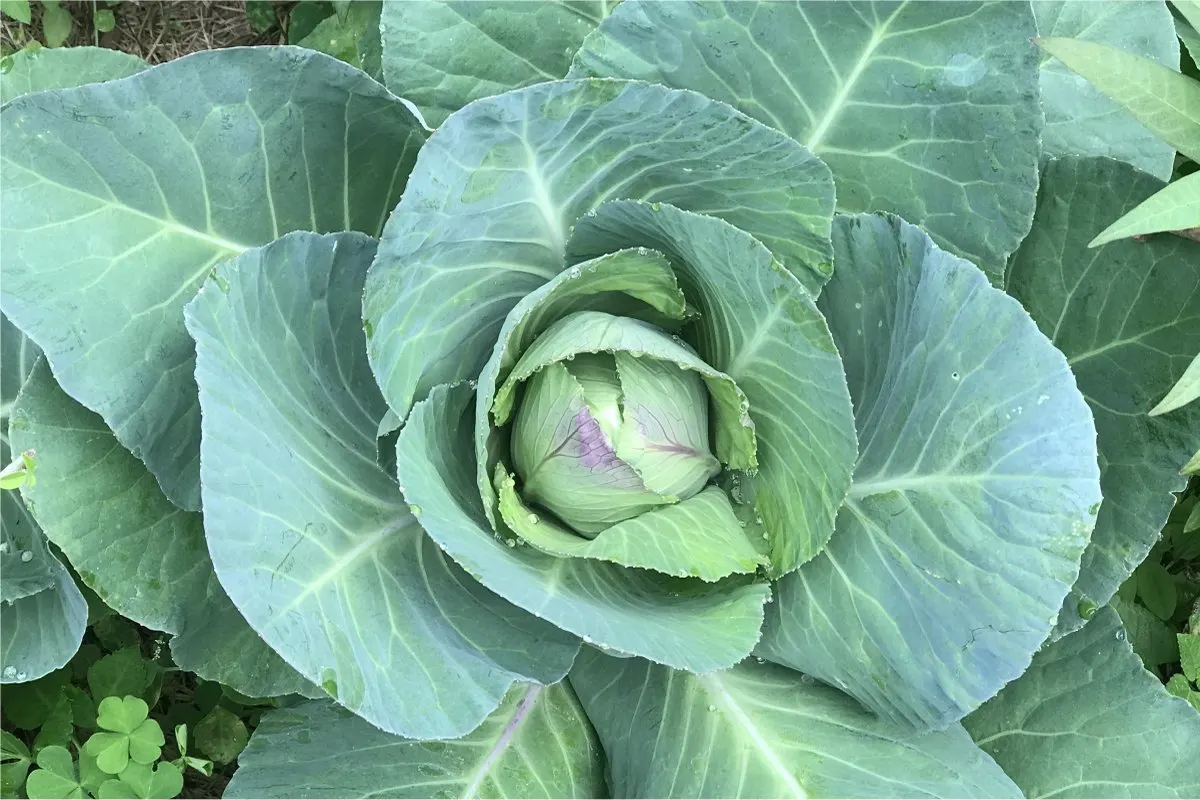
Brassicas choose a extra alkaline soil than potatoes do.
The first concern with planting potatoes with brassicas is that they each want very completely different rising situations.
The brassicas (or Cole crops) like cabbages, kale, kohlrabi, broccoli, and cauliflower choose a impartial soil between 6.5 and seven.0 pH. Potatoes choose acidic soil at a pH between 5.5 and 6.5.
Flawed Time?
Brassicas do, nonetheless, make superior cowl crops for potatoes. Develop mustard greens or Daikon radishes as a “inexperienced manure” earlier than planting your potatoes. Mow them all the way down to kill them off and allow them to break down so as to add natural matter to the soil.
Then, and solely then, are you able to plant your potatoes.
They’ve been proven to cut back a number of of the worst diseases, like potato scab and verticillium wilt, when grown as a canopy crop.
7. Beans (Phaseolus vulgaris)
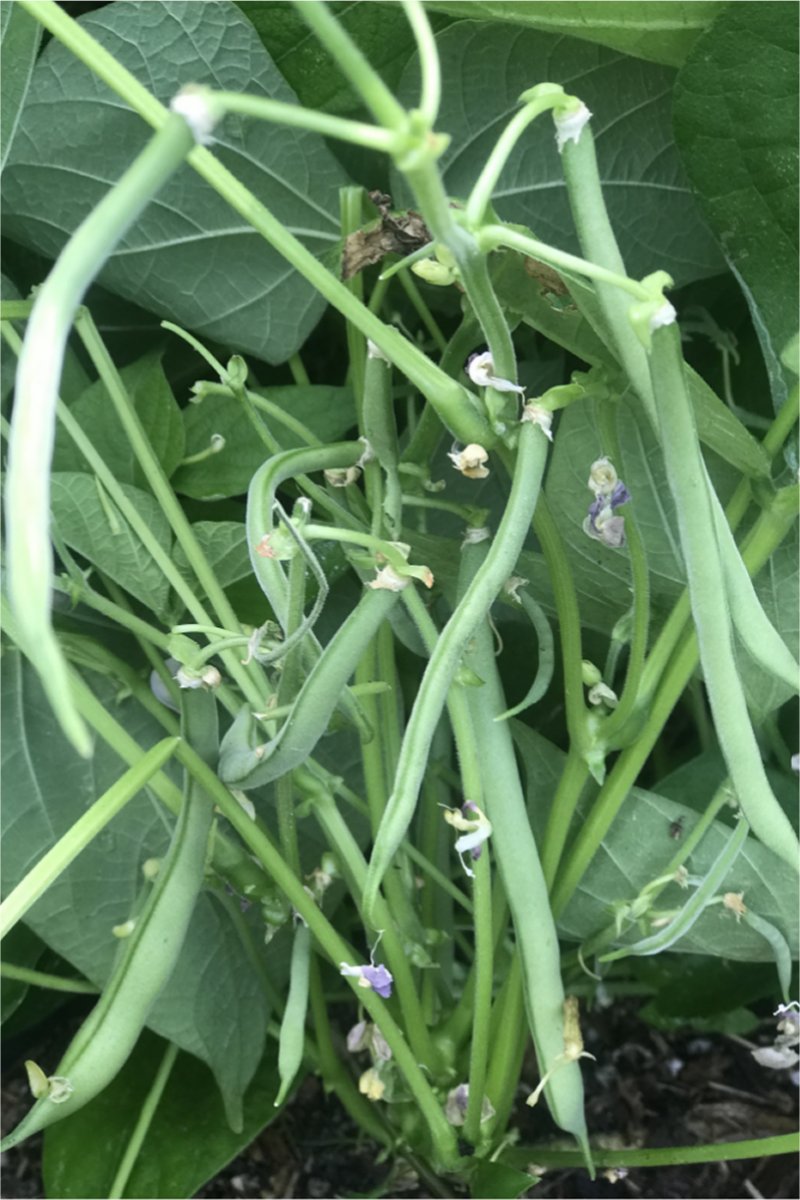
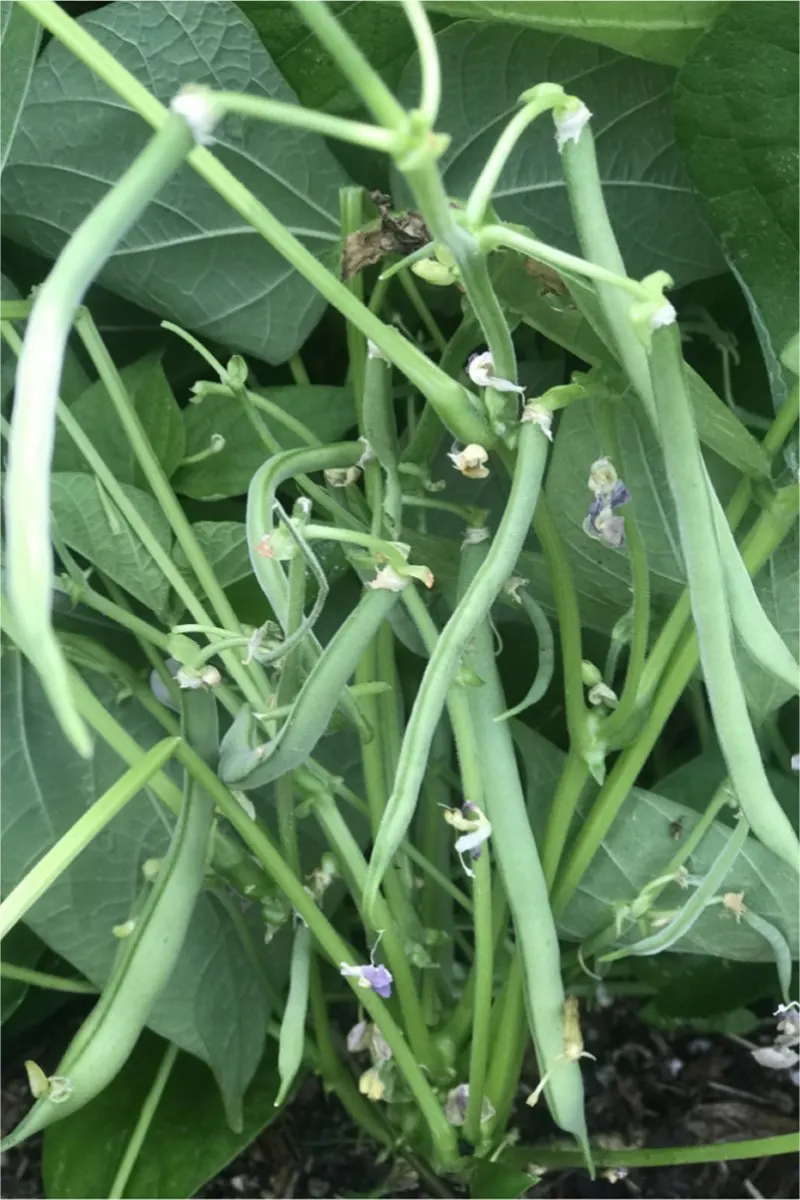
Plant bush beans earlier than potatoes to get essentially the most from each crops.
Many gardeners hype the nitrogen-fixing potential of the common-or-garden inexperienced bean. The issue is that this potential so as to add nitrogen to the soil principally happens after the beans have cropped.
Beans and different legumes have relationship with rhizobacteria within the soil. The legumes produce sugars of their roots to feed the micro organism. In alternate, the micro organism extract nitrogen from the air and feed it to the plant.
For essentially the most half, nearly all of the nitrogen being spoon-fed to the bean vegetation is utilized in its personal development and growth.
So, legumes don’t add any further nitrogen to the soil. That’s, till they end cropping, die again, and decompose within the soil.
Proper Time, Proper Place
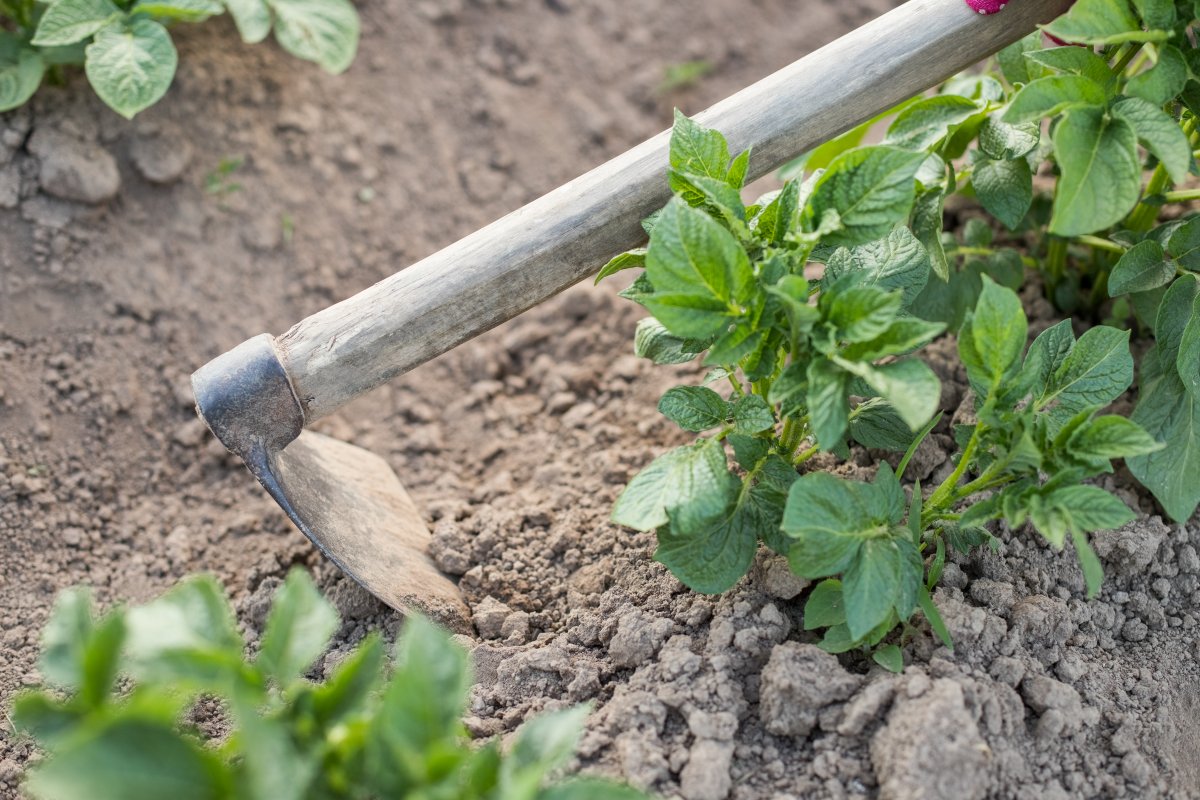
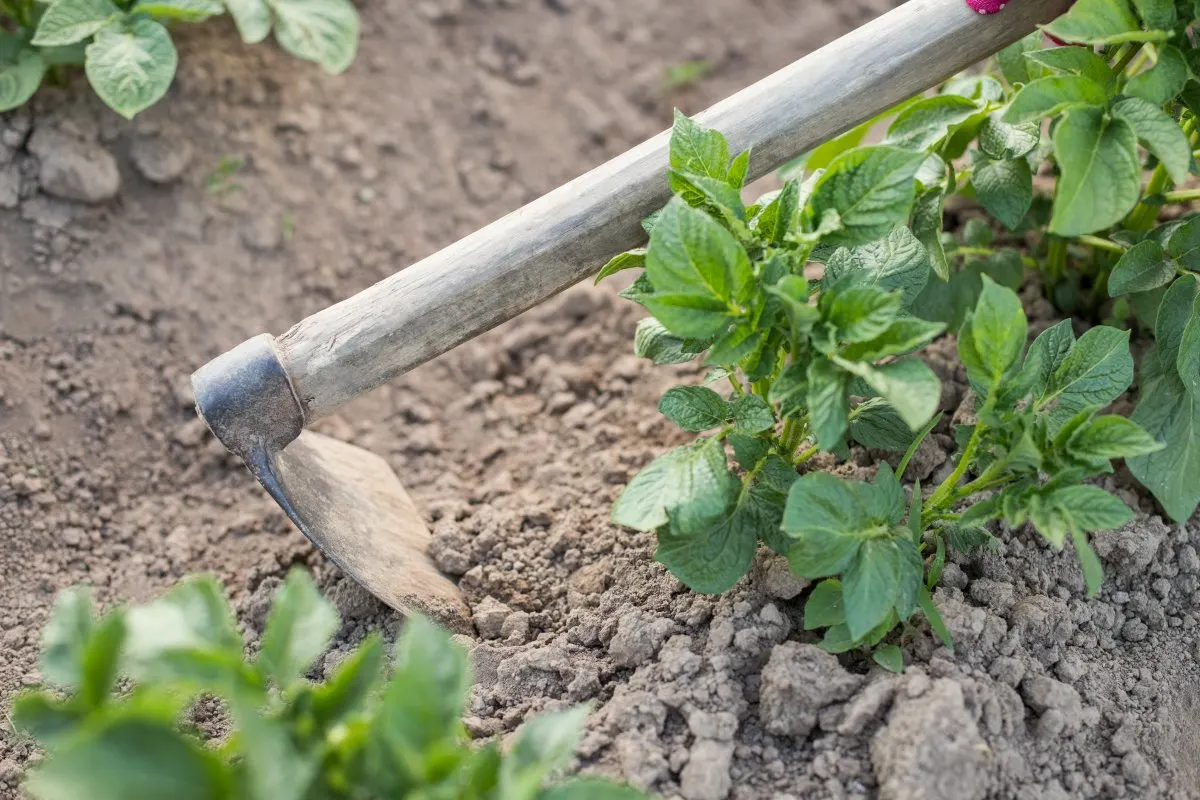
Potatoes are hungry, aggressive vegetation.
As a companion plant for potatoes, beans are fairly ineffective. Scientific trials present that rising beans subsequent to potatoes solely leads to spindly inexperienced bean crops. Potatoes are simply that aggressive.
Trials testing their effectiveness as a companion crop towards Colorado potato beetles proved them ineffective in any case.
As a canopy crop, nonetheless, beans — particularly cowpeas or fava beans — present loads of advantages when grown earlier than potatoes and any residue left on the soil.
8. Sunflowers (Helianthus annuus)
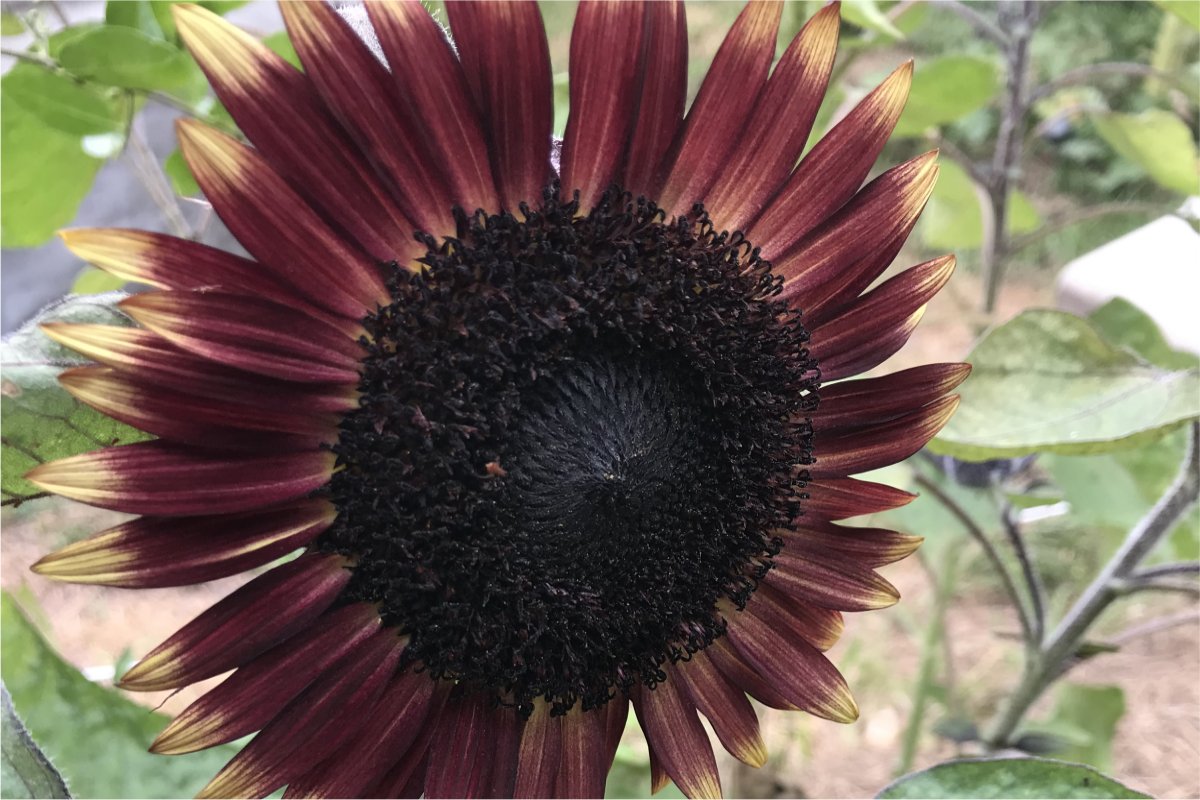
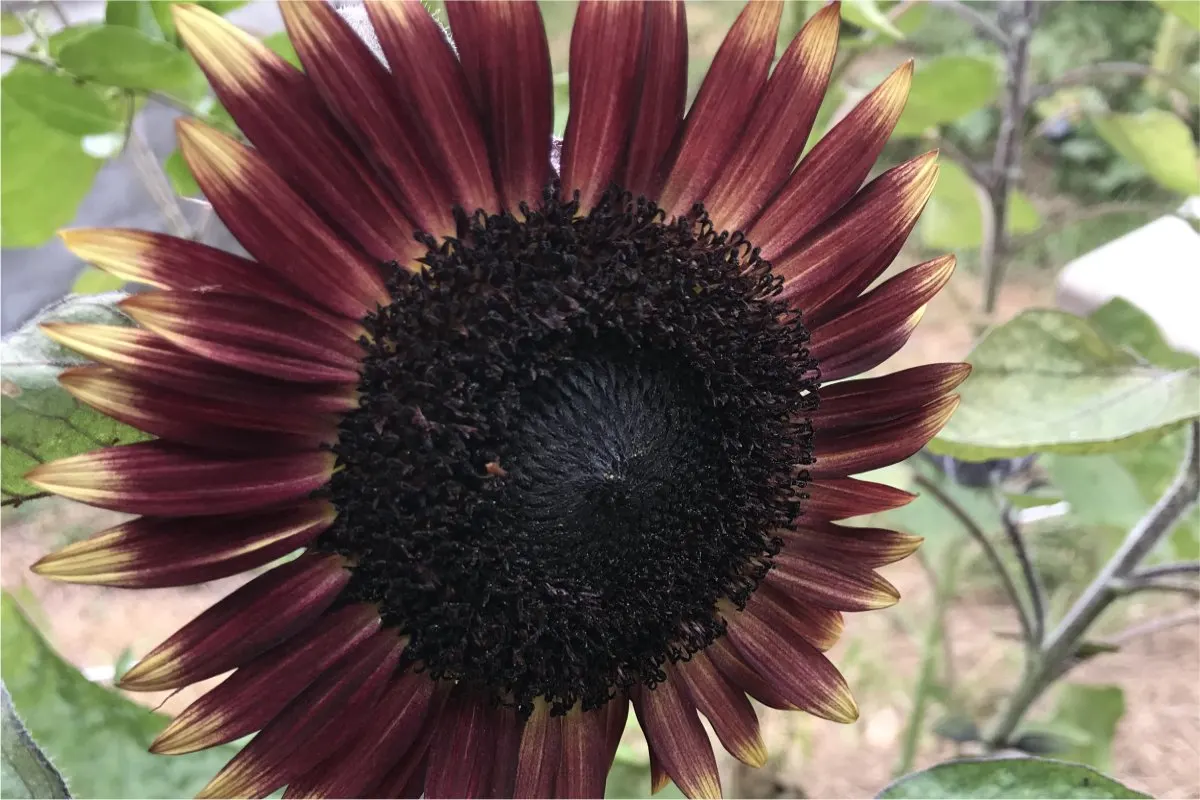
Cheerful sunflowers can appeal to pollinators however they will additionally intervene with the expansion of different vegetation.
Sunflowers are a stupendous addition to the backyard that pulls bees and butterflies. Sadly, additionally they launch sesquiterpene lactones into the soil. These plant chemical compounds cut back the competitors, permitting the flowers to develop to such huge heights.
Proper Place?
Sunflowers make an excellent trap crop for leaf-footed bugs and stink bugs. As soon as they’ve collected on the flowers, it doesn’t take greater than a few sprays with a diluted resolution of dish cleaning soap and water to take them out en masse.
In keeping with SARE, the most effective selection to develop is Peredovik sunflowers — these are black-oil seed kind grown for chicken feeders.
Plant a patch of solitary sunflowers to attract this menace away out of your potato crops. Be sure you plant them as extensively aside as doable since they share vulnerability to the identical fungal illnesses.
Good Companion Vegetation for Potatoes
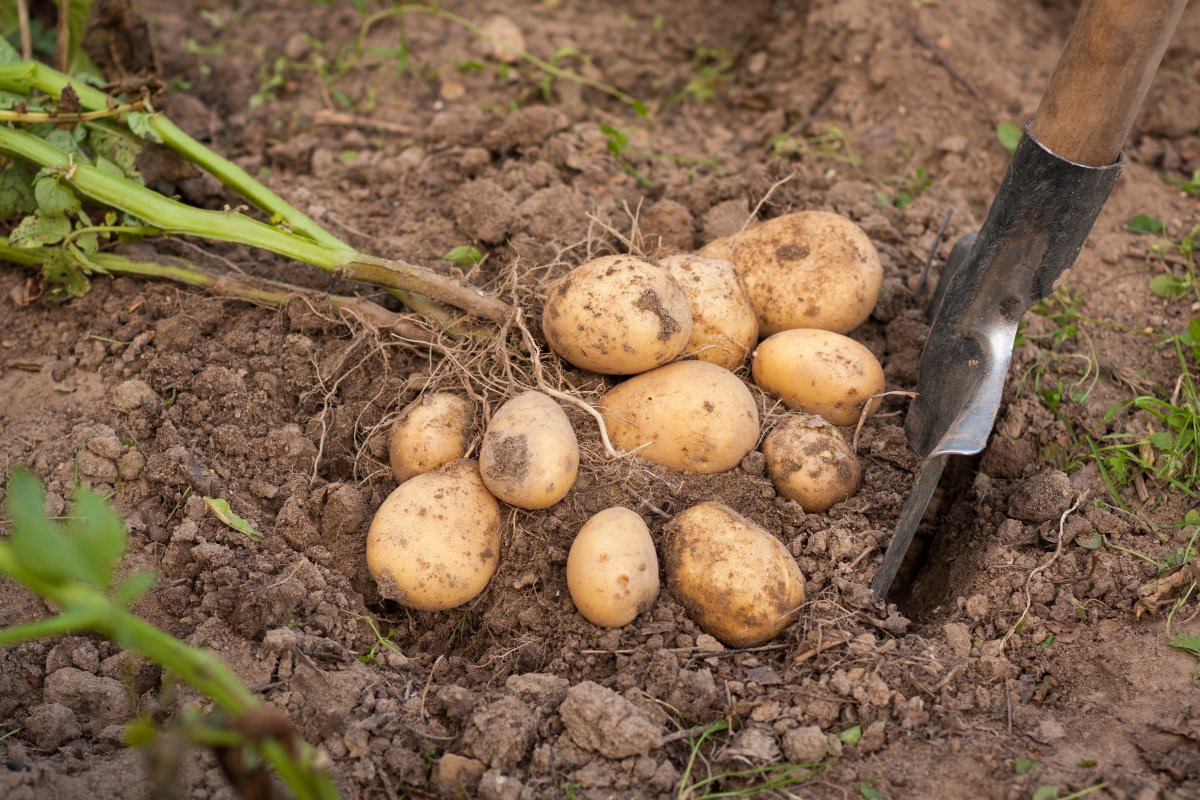
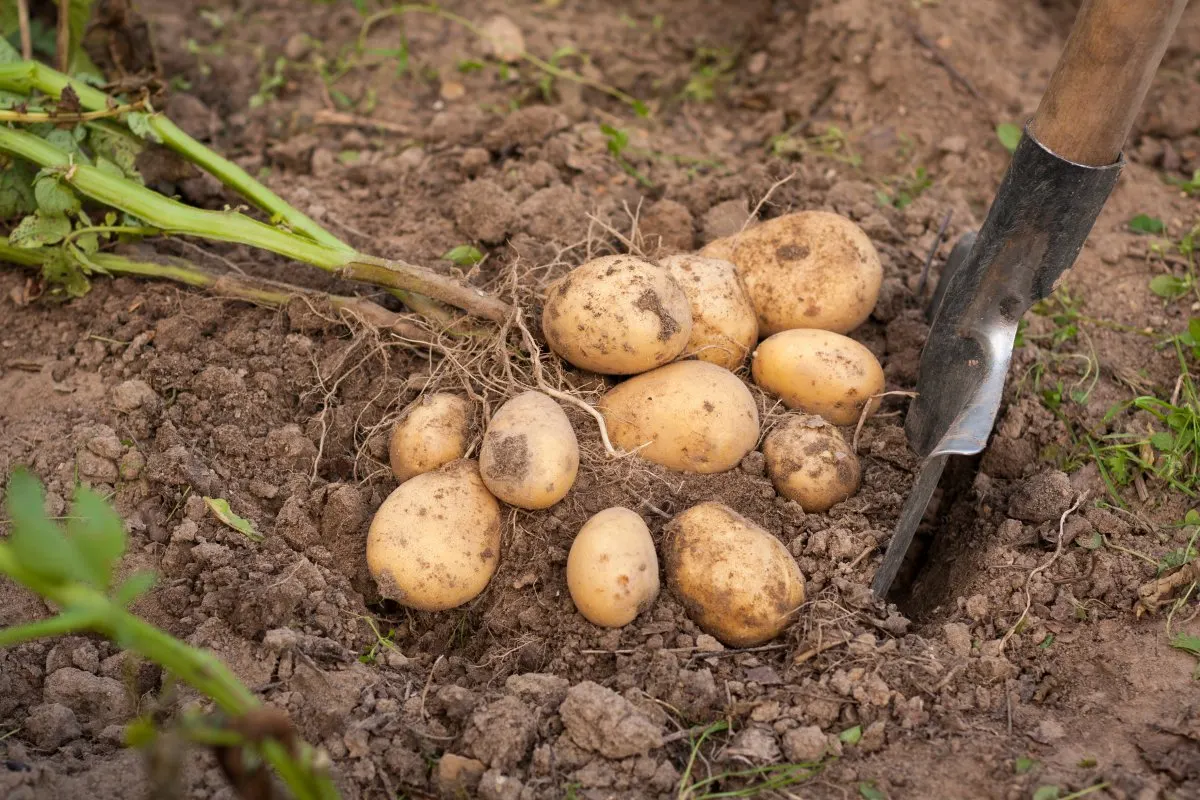
Properly, to date, we’ve established that potatoes are voraciously hungry vegetation that may suck the moisture, vitamins and minerals from each close by plant.
However they’re additionally pleasant since they wish to share illnesses with different vegetation that aren’t even associated.
So, good candidates for companion vegetation for potatoes will possible be these with low nutrient necessities and pest administration skills.
Prime Potato Pests
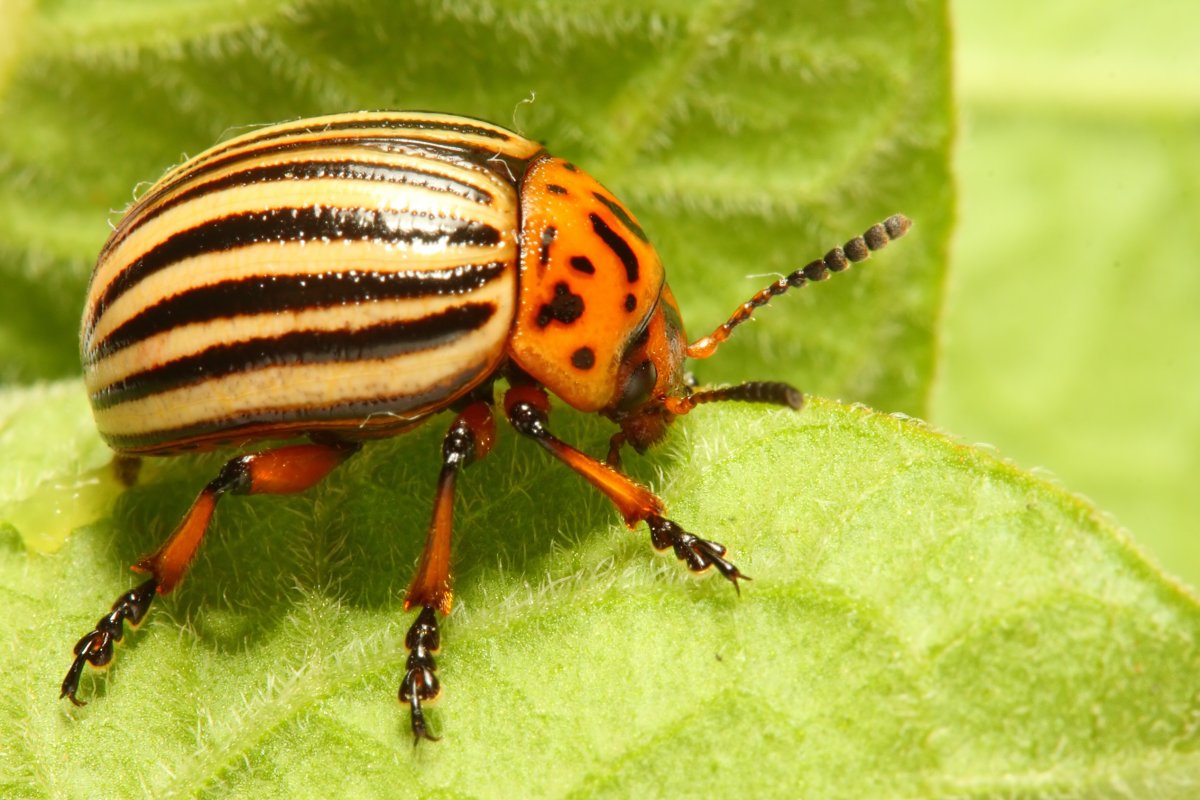
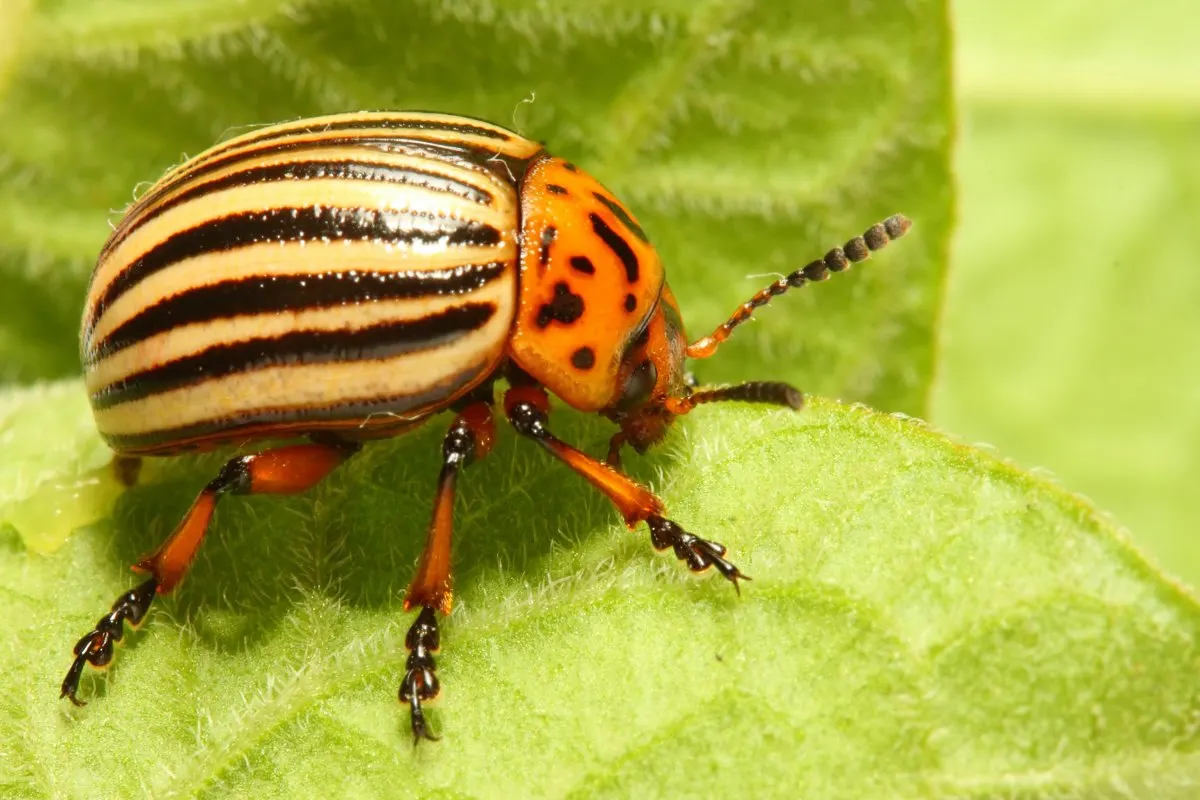
Colorado potato beetles can devastate your potato vegetation.
The listing of potato pests is brief however lethal. It consists of:
Some companion vegetation will confuse these pests, often by producing sturdy odors. Others could attract predator bugs that feed off these bugs.
Take into account including these herbs and flowers to offer extra than simply magnificence. To keep away from having to uproot them once you harvest your spuds, plant them across the potato mattress as a border.
1. Wildflowers
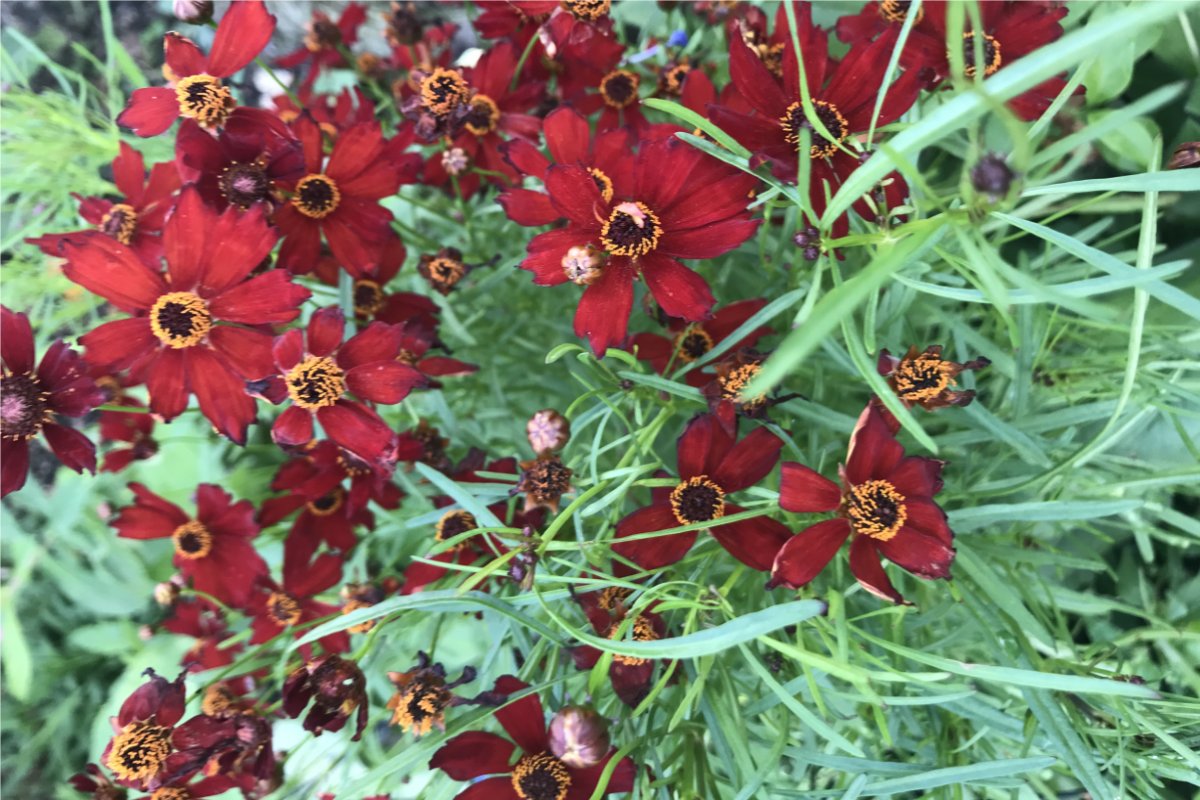
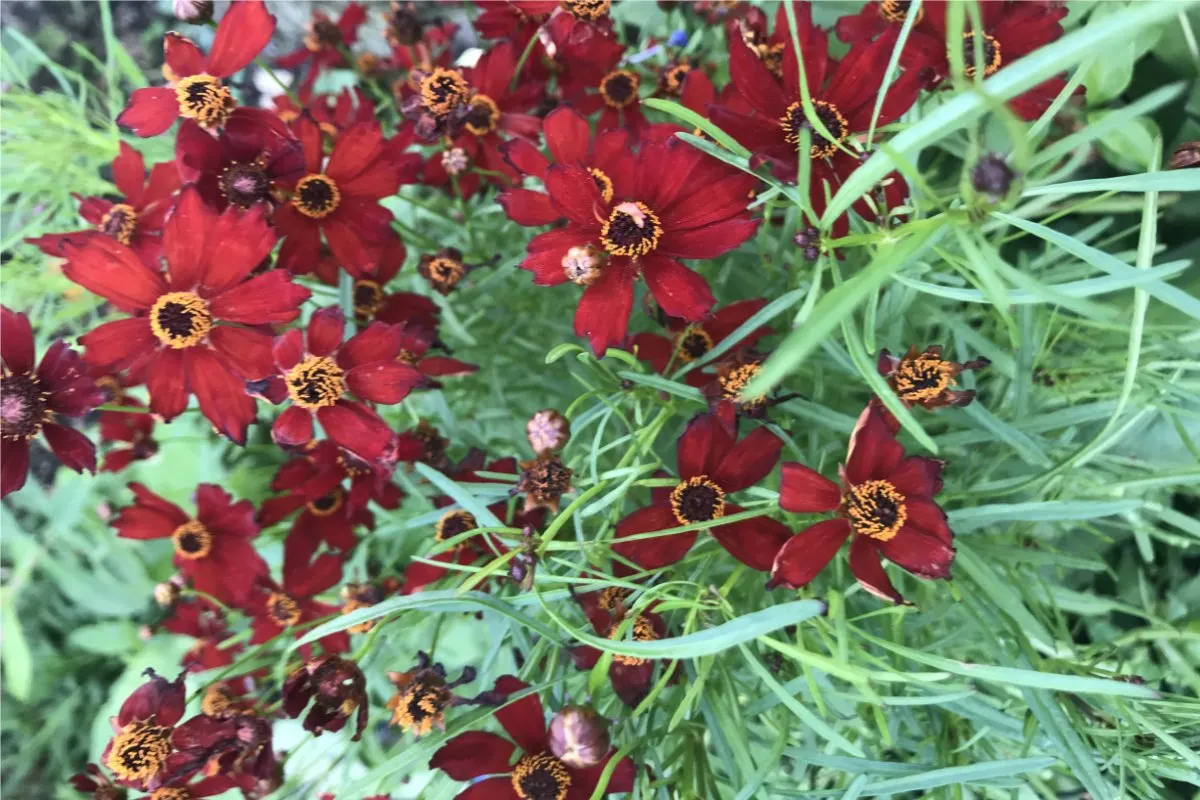
Plant native wildflowers to draw predator bugs that may assist defend your potato vegetation.
Planting wildflowers close to your potato beds is a technique even farmers are lowering pest strain naturally.
And it’s actually the best and most stunning means house gardeners can scale down to suit their smaller areas.
Creating strips of wildflowers will increase the variety of hoverflies, lacewings and ladybirds.
These are all pure enemies to aphids, and including wildflowers leads to a 75% decline in aphid numbers in close by potato fields.
2. Alliums
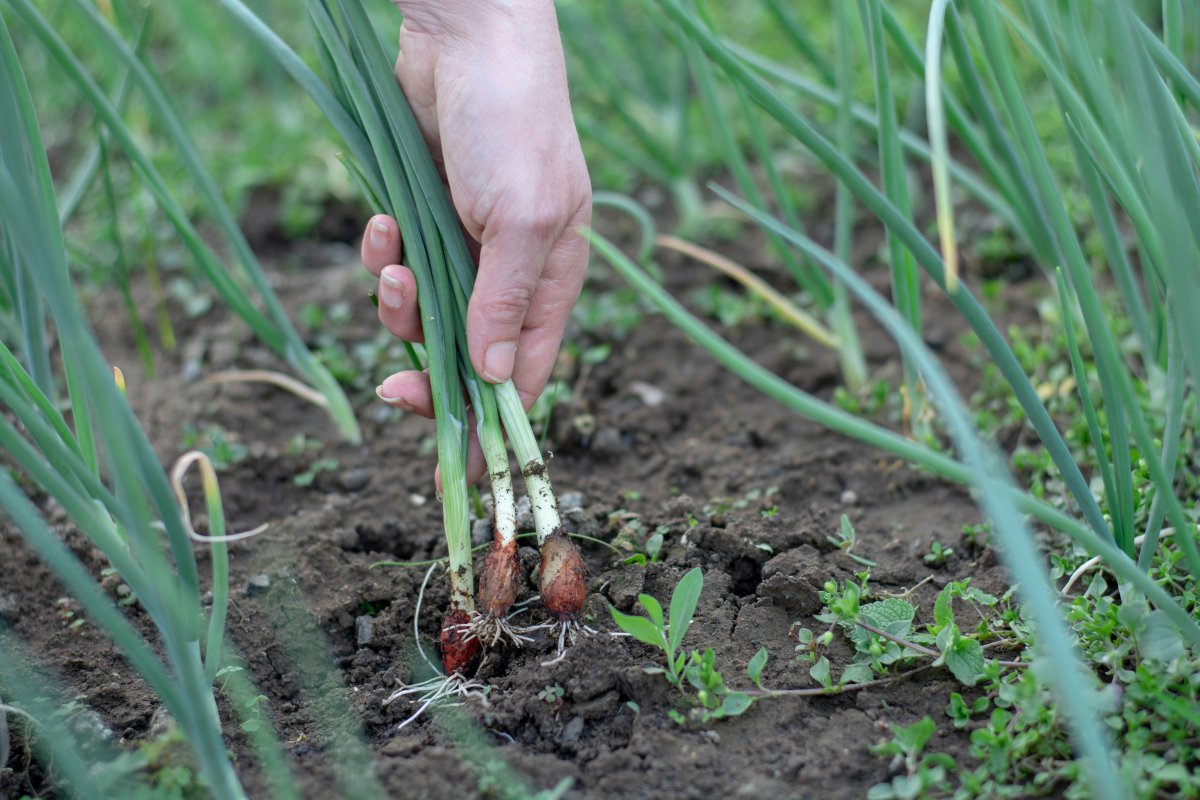
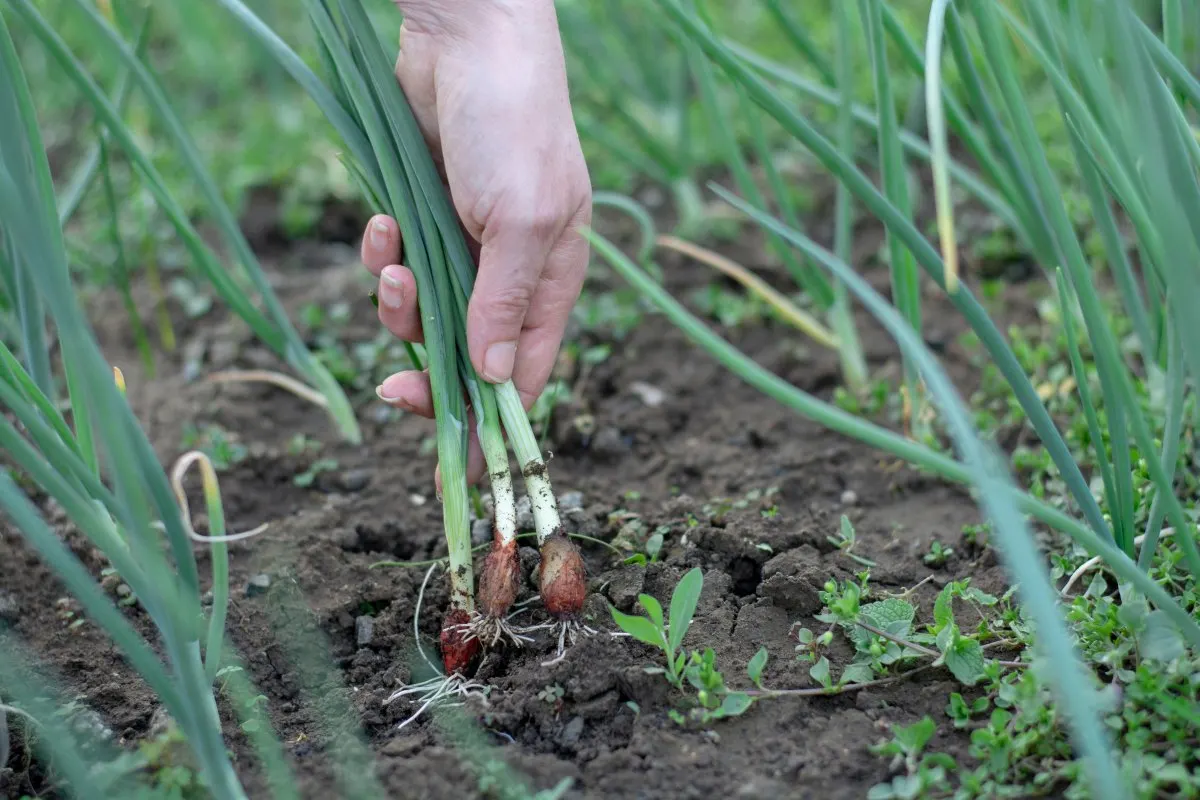
Each onions and garlic can deter aphids and leafhoppers, based on scientists. Inexperienced onions might help deter flea beetles.
Sadly, additionally they appeared to draw thrips, so use these companion vegetation with warning.
3. Yarrow (Achillea millefolium)
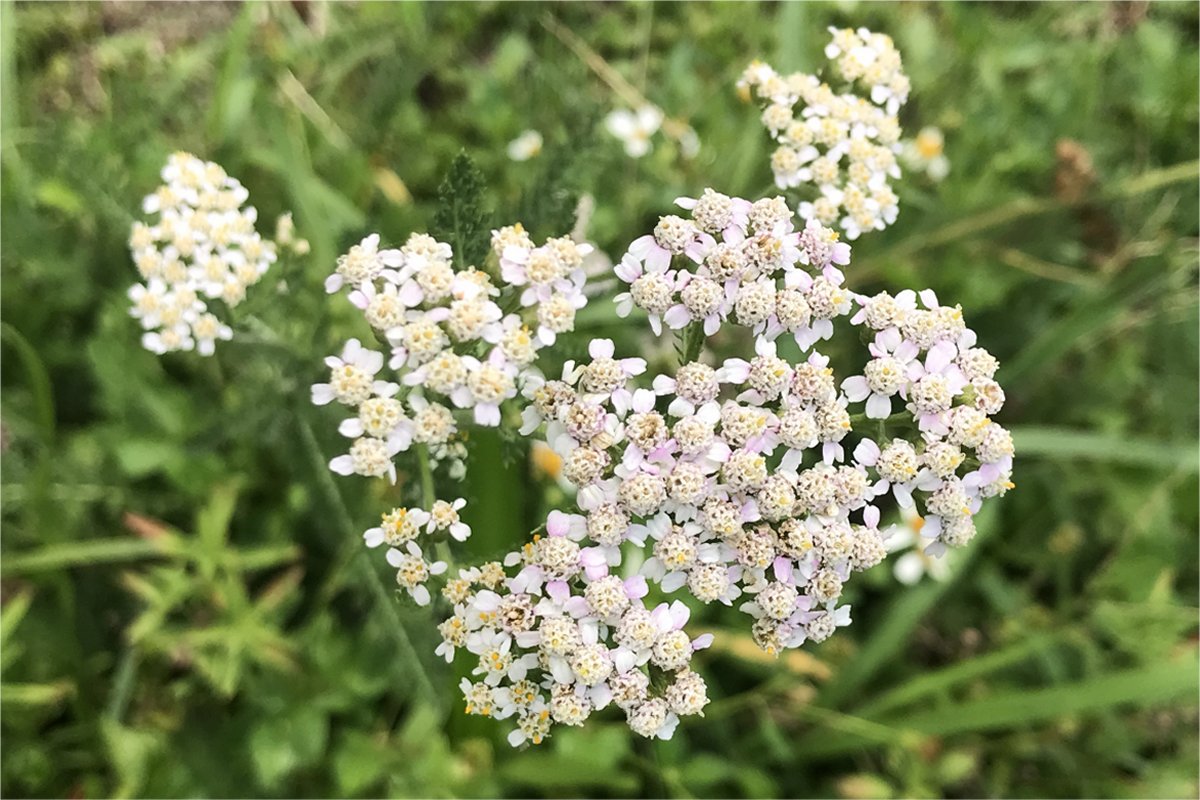
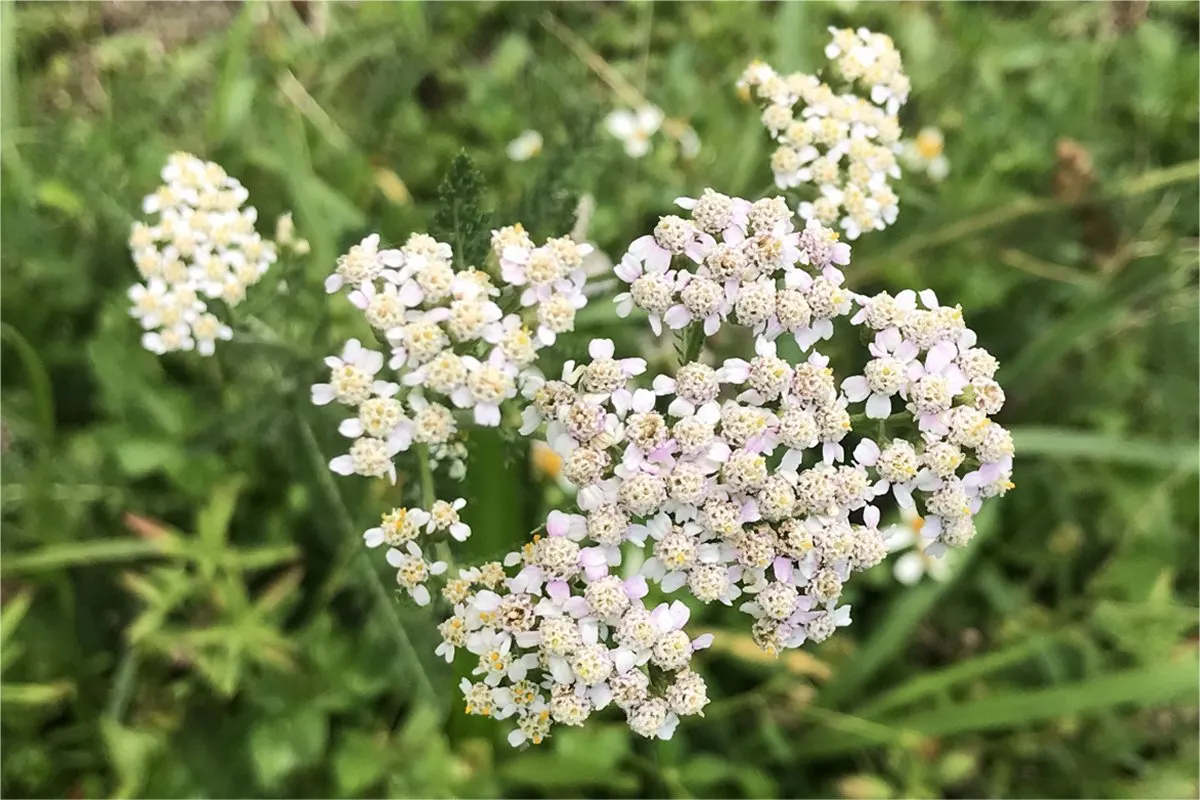
The scent of yarrow flowers and foliage appears to maintain Colorado potato beetles from feeding.
Yarrow is superb for attracting predatory wasps to the backyard. It will possibly additionally appeal to ladybugs, each of which make fast work of aphids and Colorado potato beetles.
When examined, an extract of yarrow sprayed on vegetation reduced feeding by Colorado potato beetle larvae.
4. Tansy (Tanacetum vulgare)
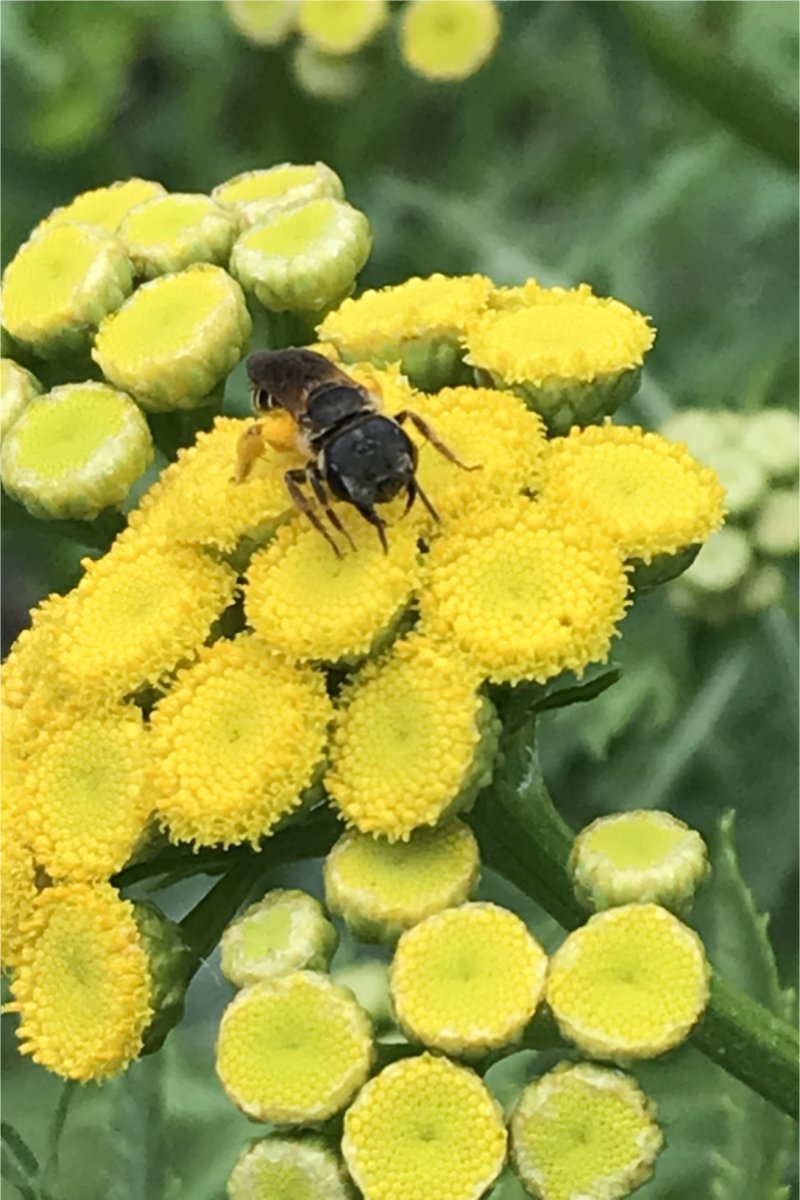
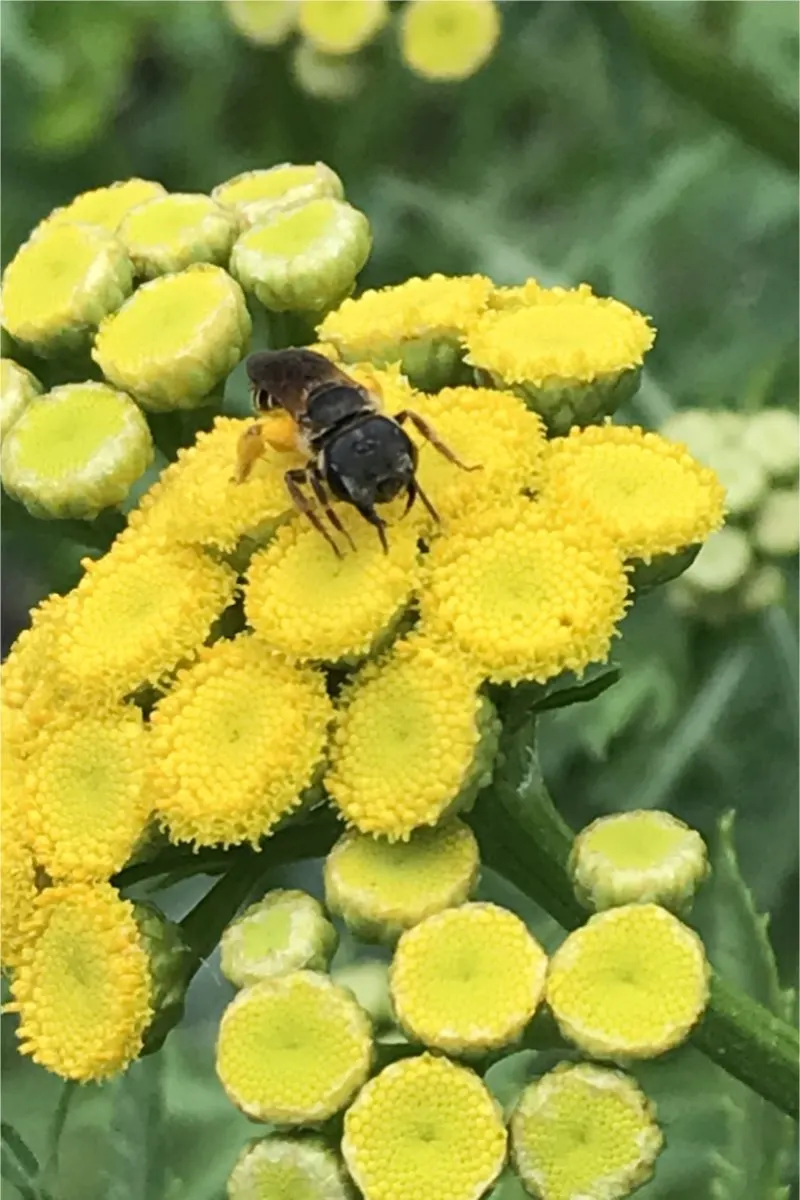
Tansy is a favourite plant for ladybugs for establishing a nursery for younger. It additionally repels Japanese beetles and squash bugs.
Colorado potato beetles refused to eat foliage when sprayed with tansy extract, although it’s unclear if including reside vegetation is as efficient.
Watch out the place you plant it, although, as a result of it’s poisonous for livestock.
5. Thyme (Thymus vulgaris)
Thyme is beloved by hoverflies, whose larvae will voraciously devour aphids, thrips, mites, and scale bugs. It additionally helps deter moth caterpillars out of your vegetation.
While you’re able to roast your spuds, make certain to sprinkle on a few of these contemporary thyme leaves on prime.
6. Catnip (Nepeta cataria)
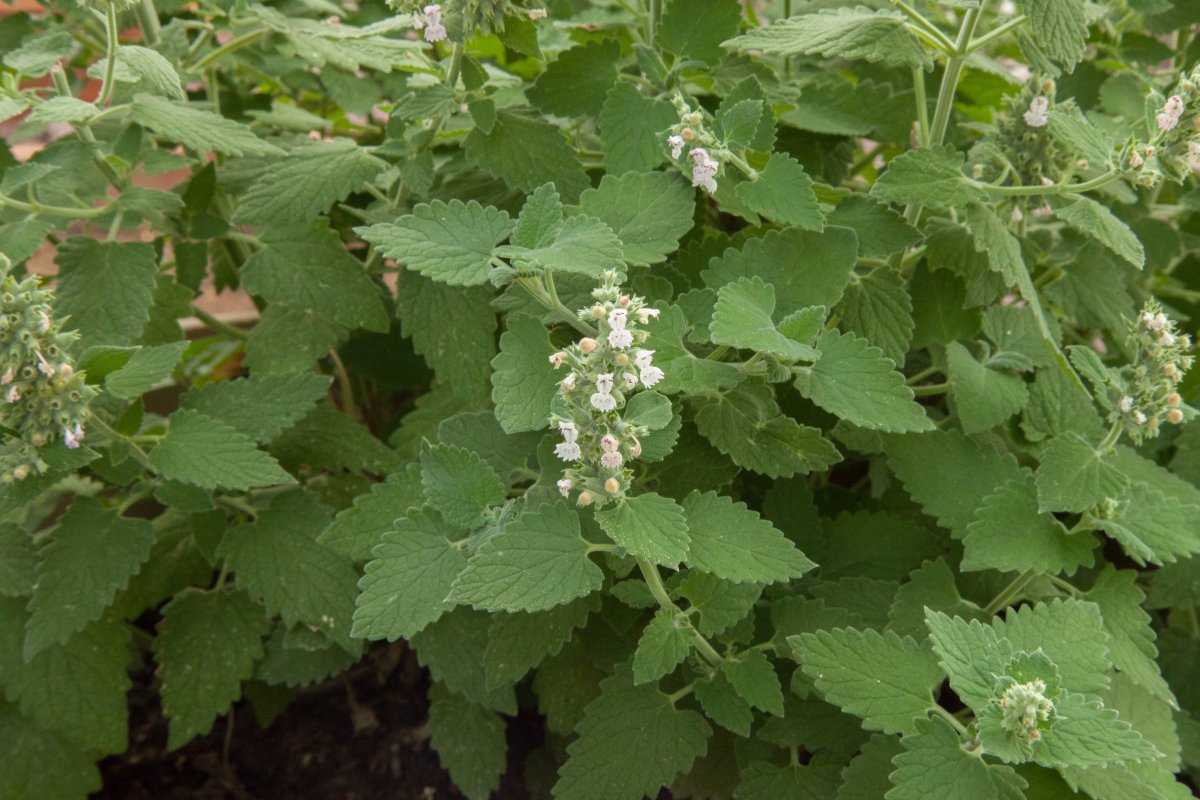
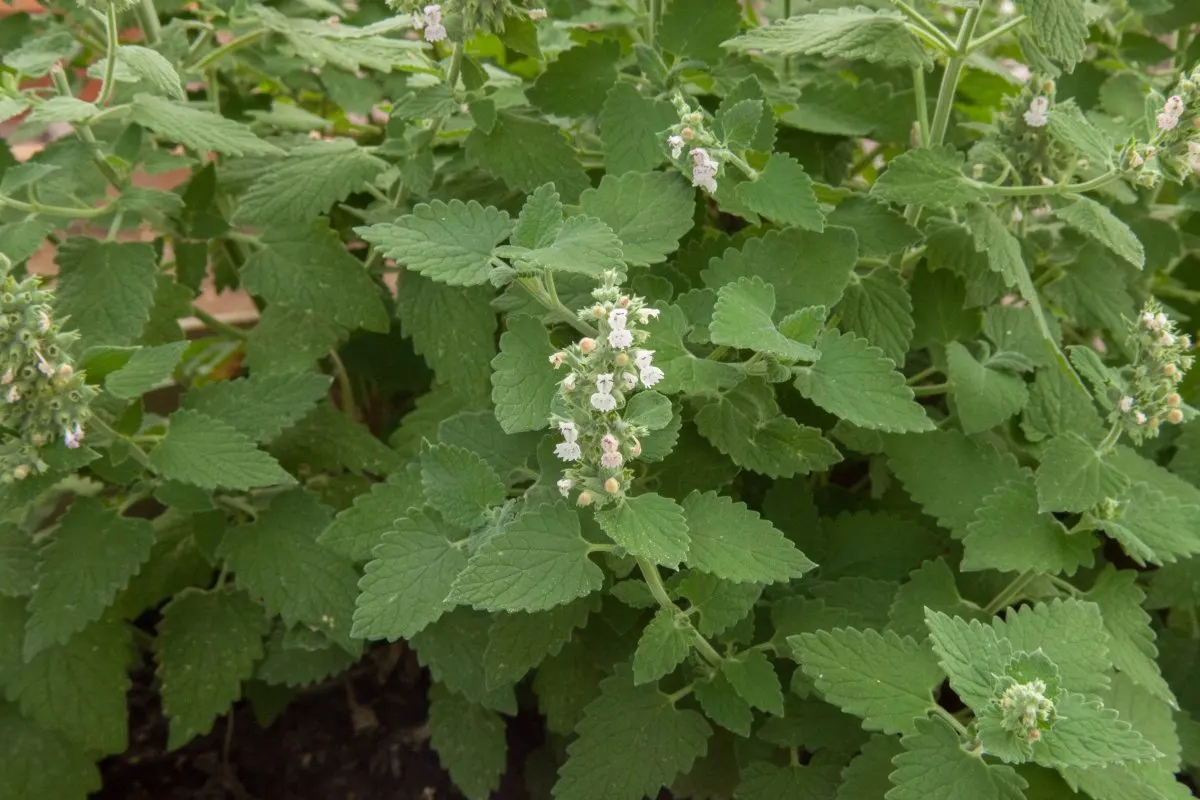
Catnip (or Catmint) accommodates nepetalactones, which might help deter Colorado beetles when interplanted together with your potatoes.
7. Cilantro (Coriandrum sativum)
Cilantro might not be your first alternative within the herb backyard due to its sturdy odor, however it’s identified to draw lacewings to the backyard.
Lacewing larvae will fortunately munch on Colorado potato beetles and potato leafhoppers, making them an environment friendly good friend within the backyard.
8. Marigolds (Tagetes Spp.)
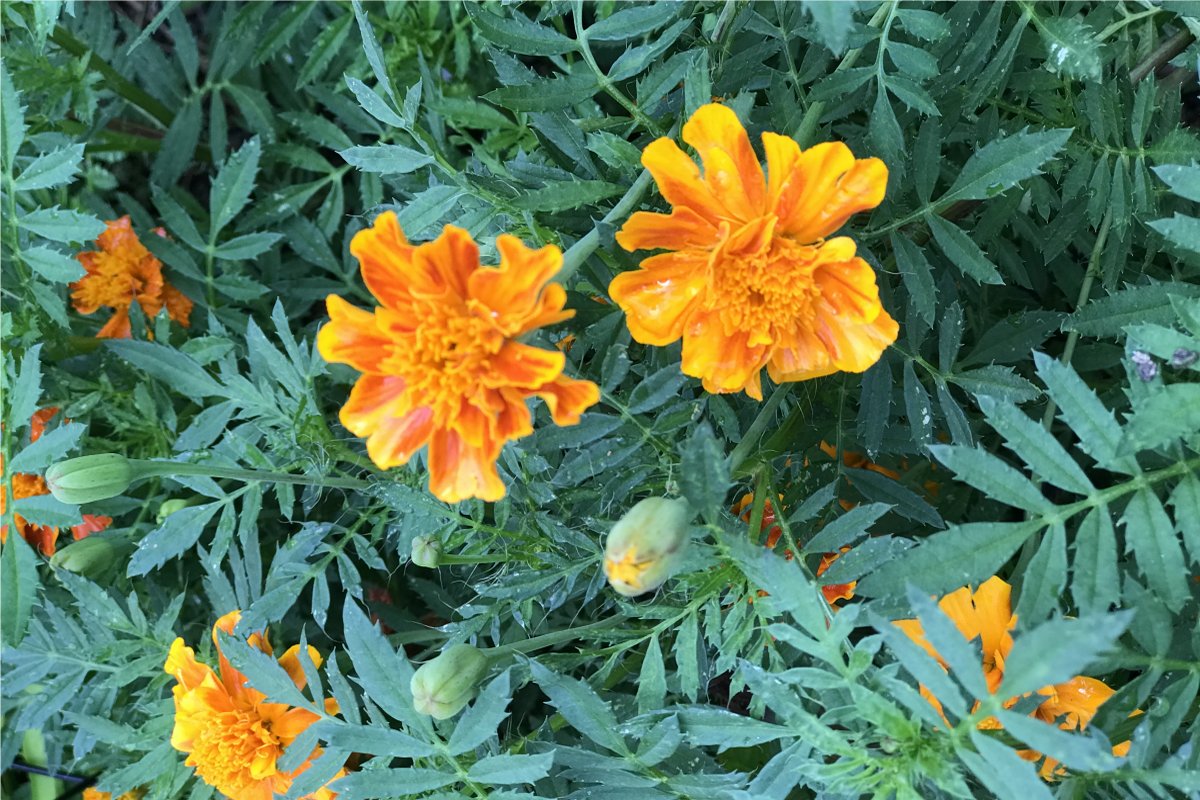
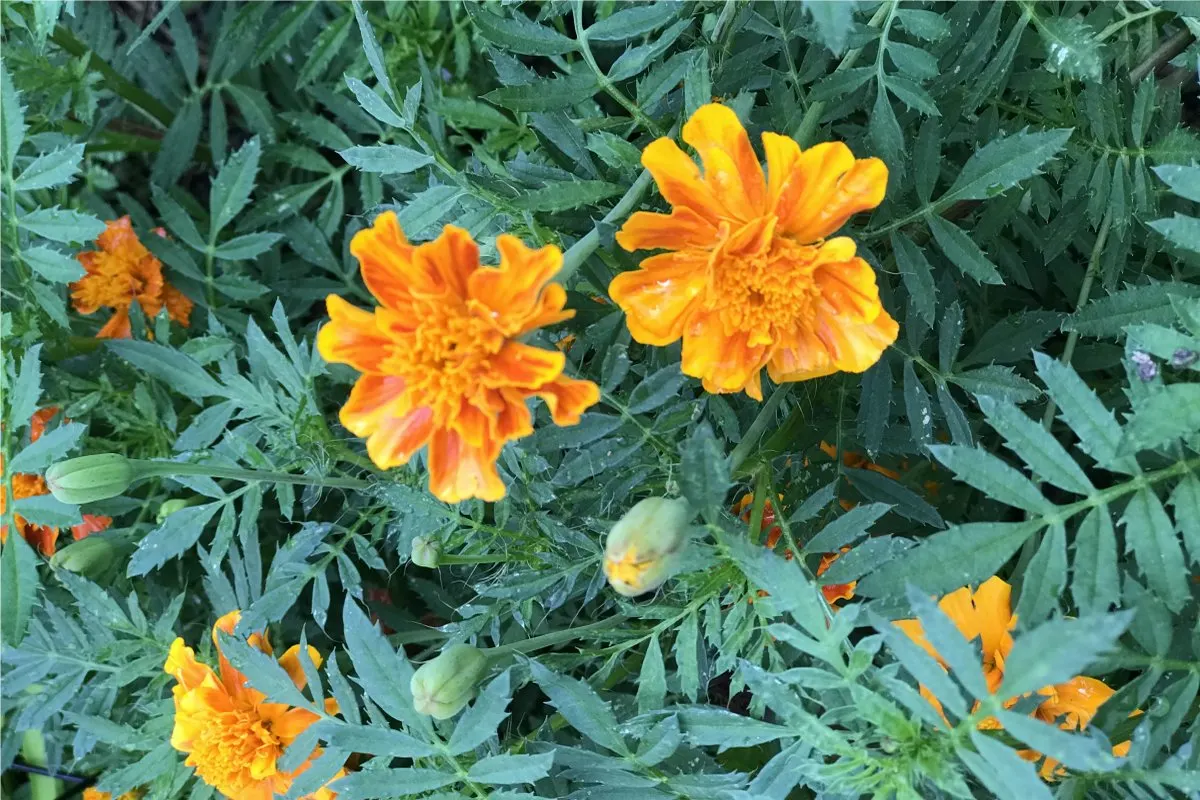
French and African Marigolds work each above and under floor as a steadfast companion to potatoes. They’re steadily used to discourage flea beetles When flowering, they attract predator bugs like lacewings, ladybugs, and wasps.
9. Dill (Anethum graveolens)
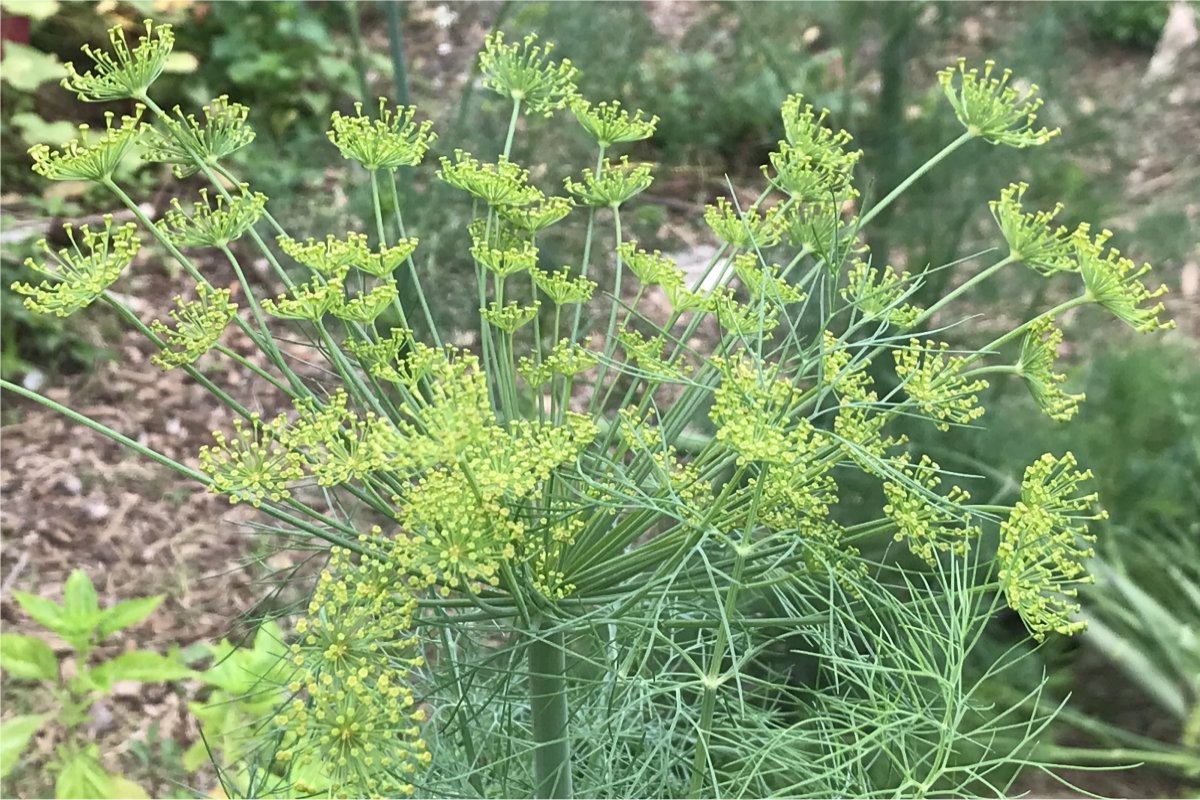
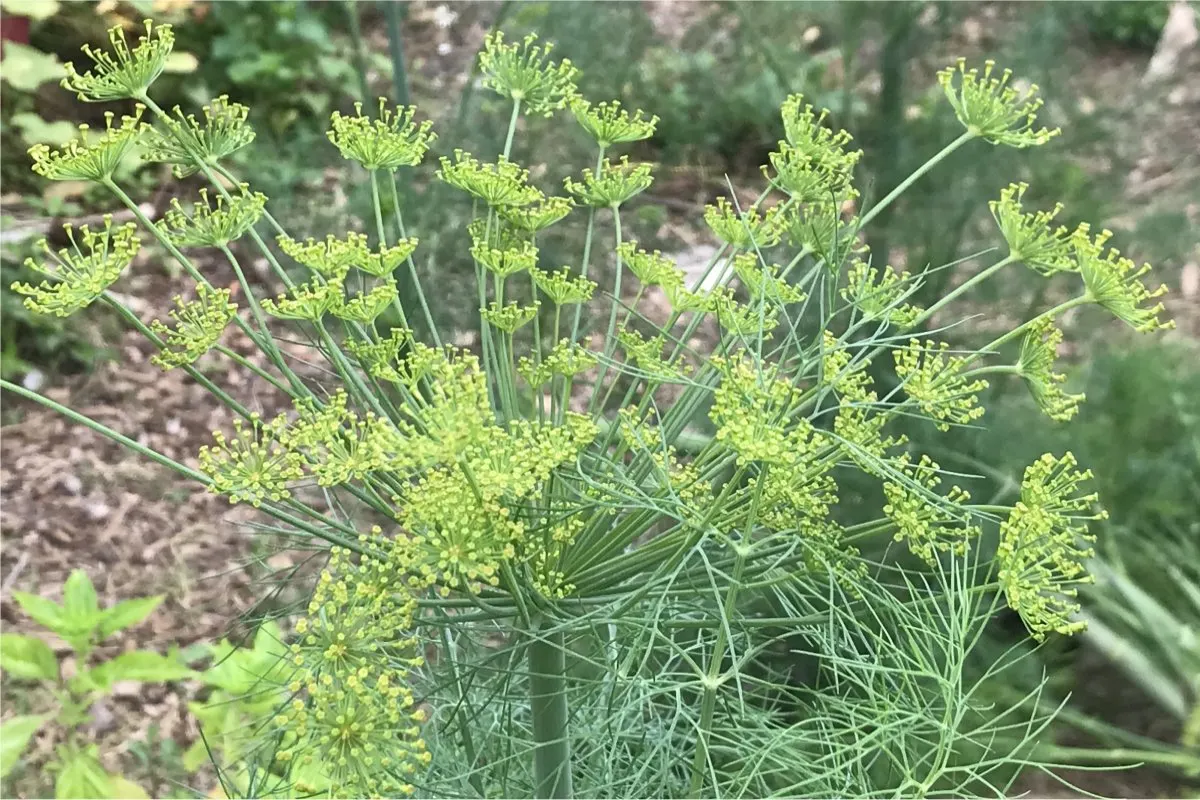
The pungent scent of dill attracts predatory bugs.
Dill is one other well-liked herb that pulls ladybugs, lacewings and hoverflies to the backyard. Parasitic wasps are additionally drawn to their pungent scent.
10. Dandelion (Taraxacum officinale)
Don’t mow down these sunny-faced beauties — dandelions appeal to lacewings and ladybugs.
11. Nasturtiums (Tropaeolum majus)
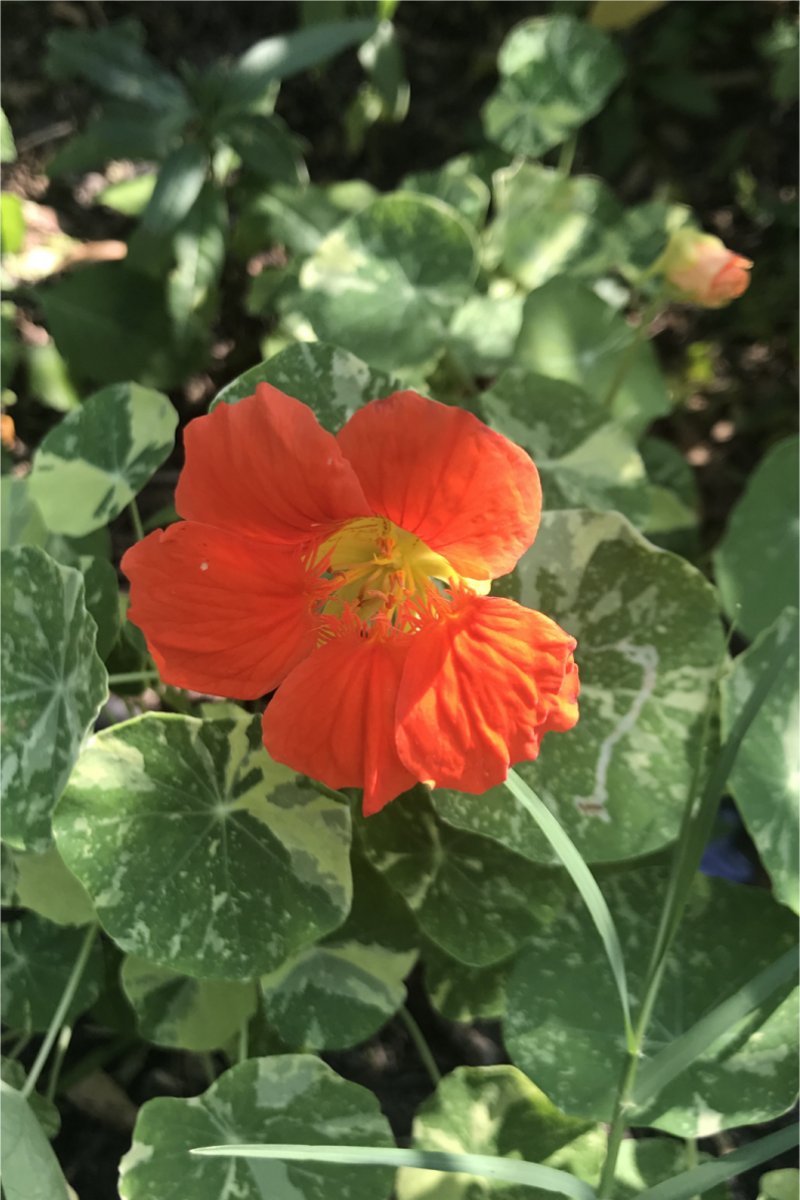
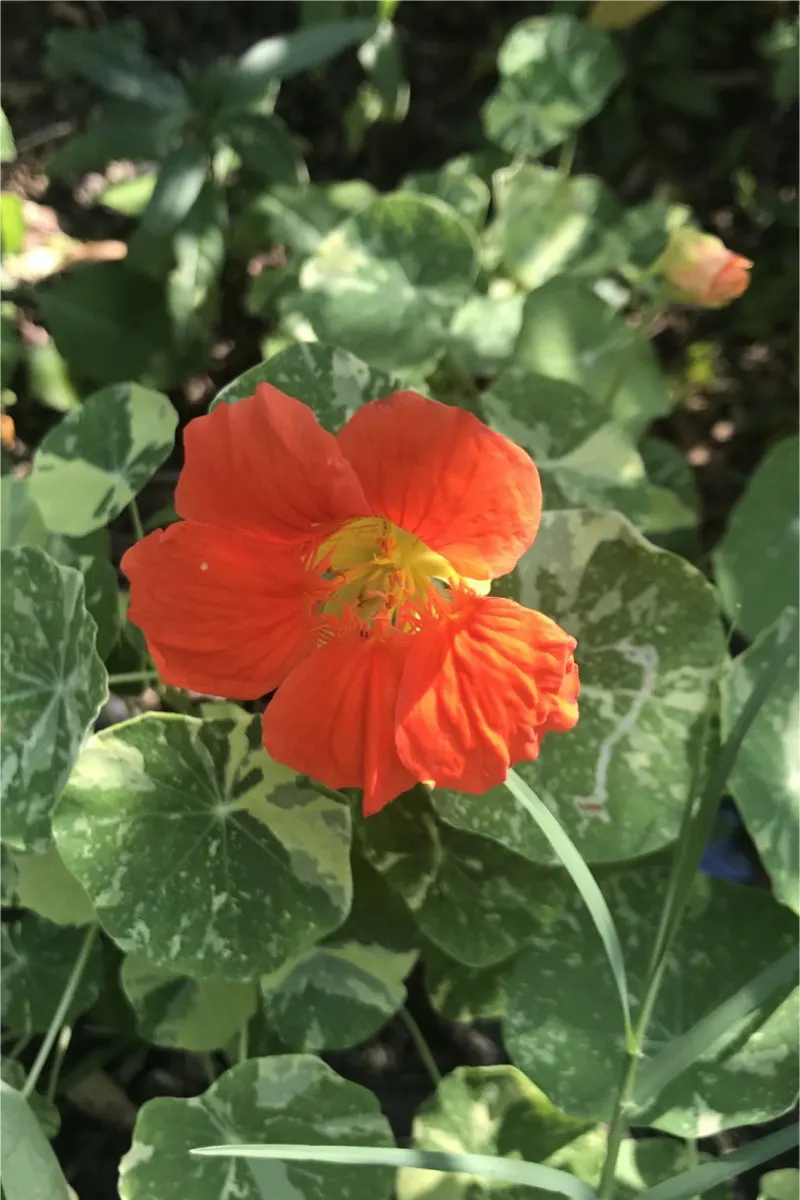
Nasturtiums are an excellent trap crop for potatoes. They’ll lure aphids, squash bugs, and whiteflies from extra necessary crops.
Study extra about utilizing lure crops in your backyard with our information from Cheryl Magyar.
Defend Your Potatoes When You Plant
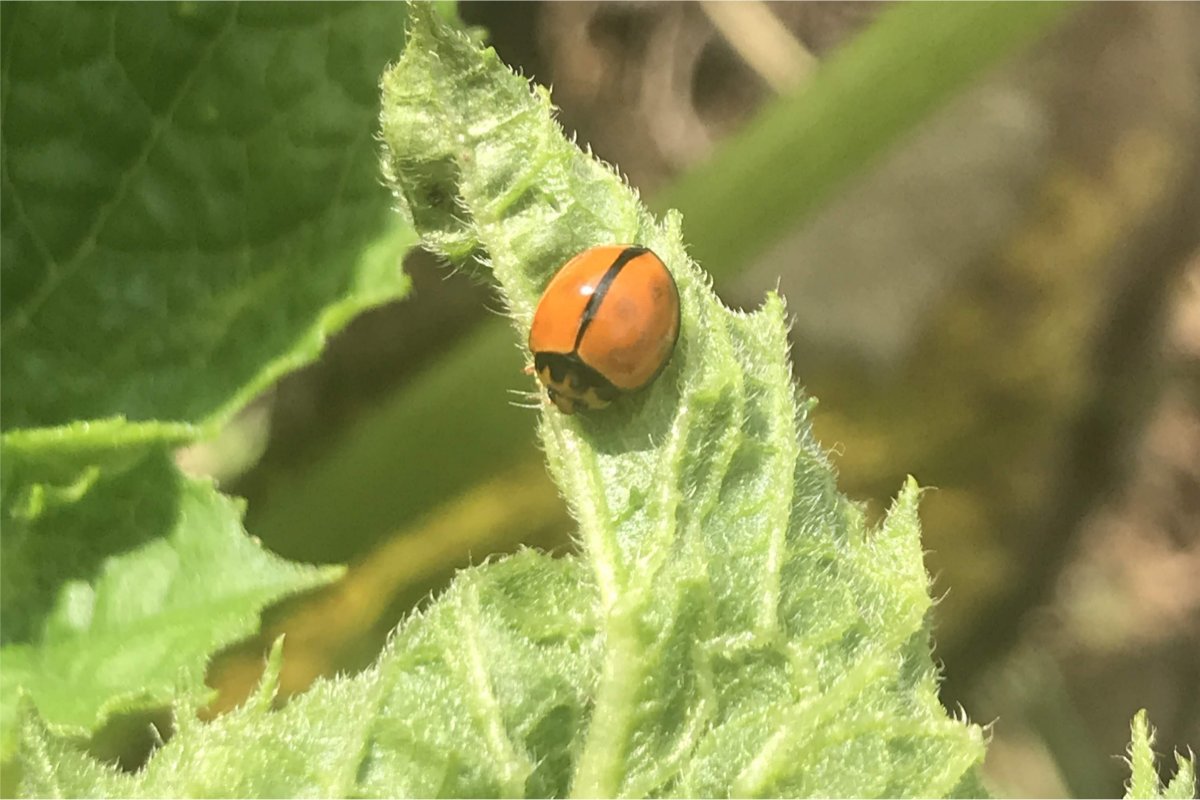
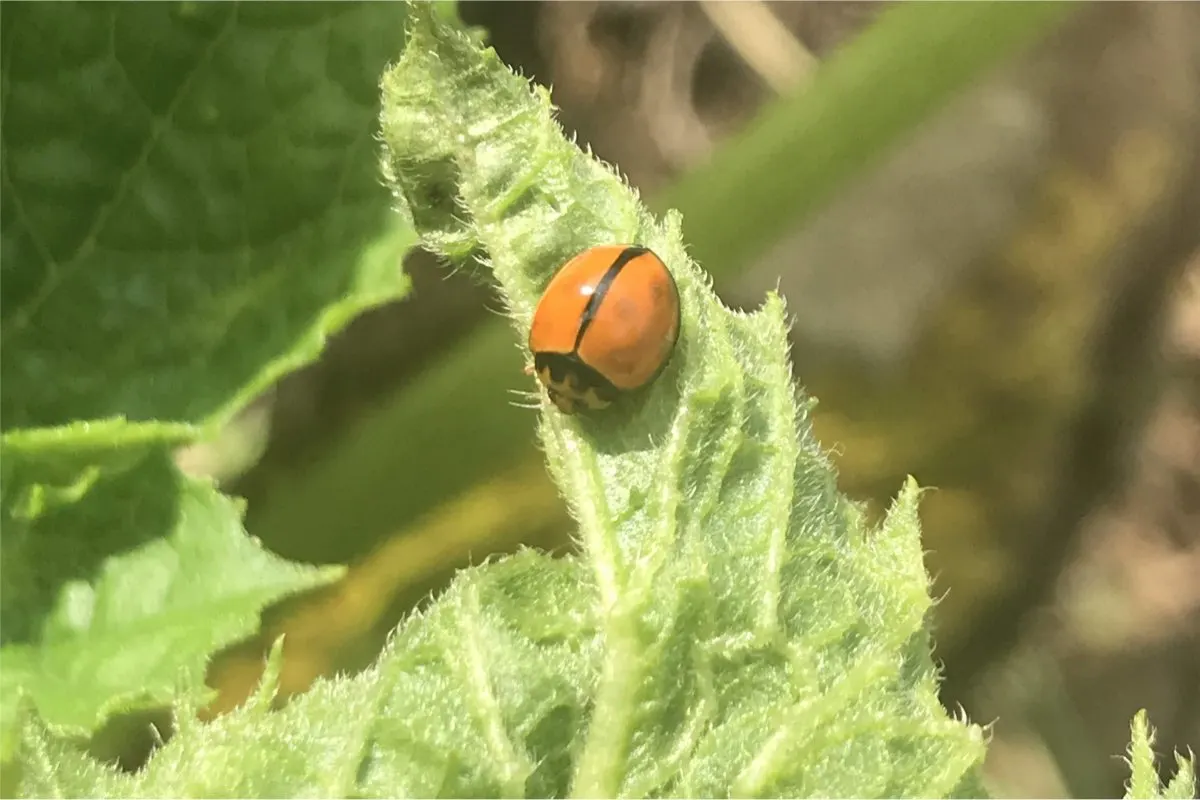
One of the best companion in your potato vegetation is a military of helpful bugs.
Whereas potatoes aren’t identified for thriving in shut quarters with different greens, there’s no motive they must go it alone fully.
If you happen to’re rising fennel in your backyard, keep away from planting your potatoes anyplace close to it. Don’t plant your potatoes close to cucurbits like cucumbers or squash. Give them loads of room away from different root greens and different nightshade varieties.
To discourage frequent pests like aphids and potato beetles, use companion vegetation that draw of their predators. Many herbs and flowers appeal to ladybugs. You may also plant for lacewings and hoverflies.
You’ll find out extra about lacewings and how you can appeal to them into your yard with these 4 nice ideas from Rural Sprout writer, Lindsay.
And be sure you permit predatory wasps into the backyard. They might look scary, however they’re primarily a gardener’s first line of protection towards caterpillar harm.
This additionally means avoiding pesticides that may hurt these hard-working bugs.
Two of the most effective natural merchandise you need to use to guard your potato vegetation is neem oil and Bacillus thuringiensis (bt). They have to be used on eggs and larvae, however they received’t intervene as a lot with helpful bugs as artificial pesticides.
Apply within the early night, after the bees have retired for the evening. Keep away from spraying on flowering vegetation to stop by accident dosing nectar-gathering bugs.
And in case your potato vegetation are already populated with ladybugs and their larvae, you shouldn’t must spray in any respect.

Get the well-known Rural Sprout publication delivered to your inbox.
Together with Sunday ramblings from our editor, Tracey, in addition to “What’s Up Wednesday” our roundup of what’s in season and new article updates and alerts.
